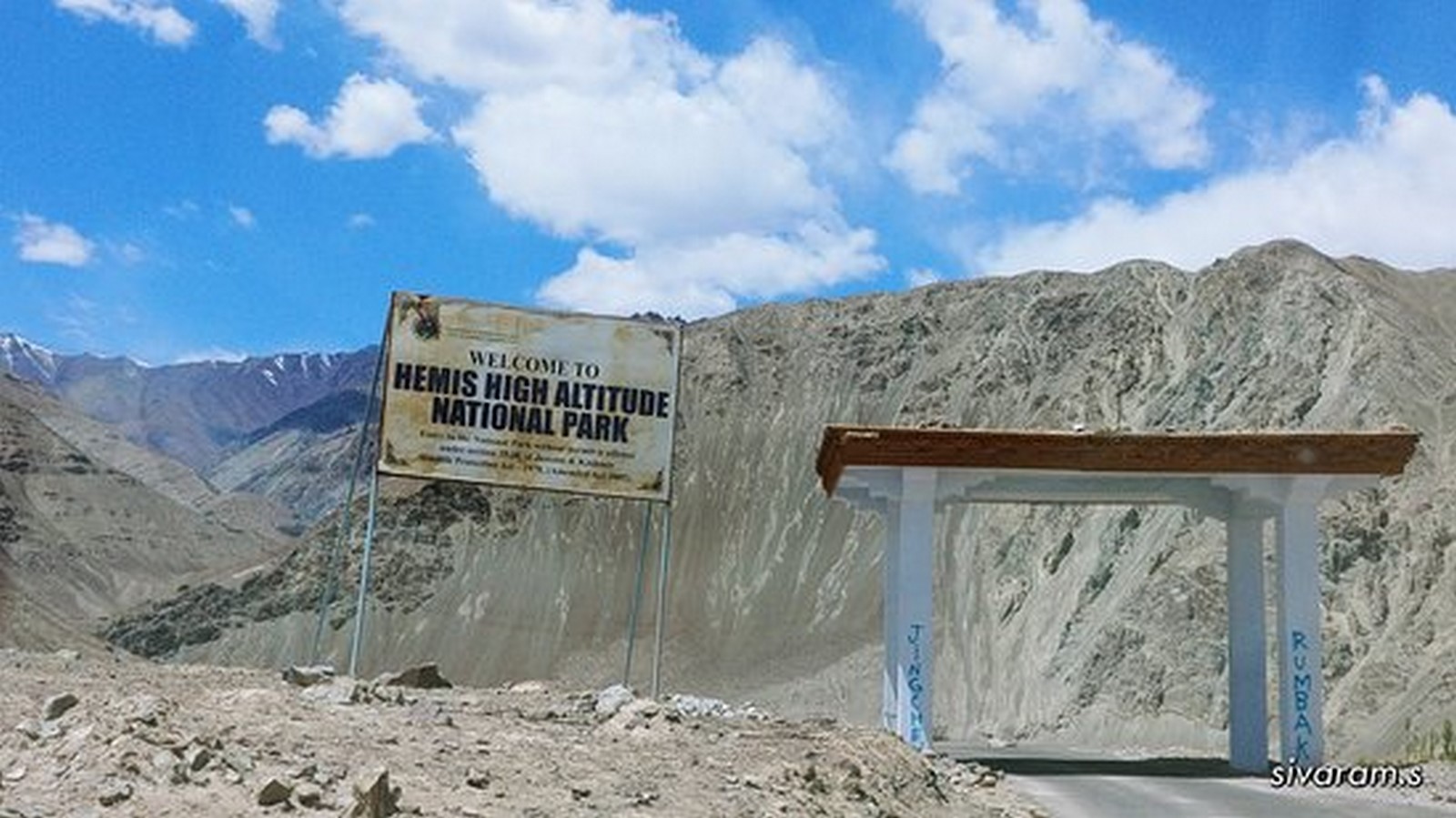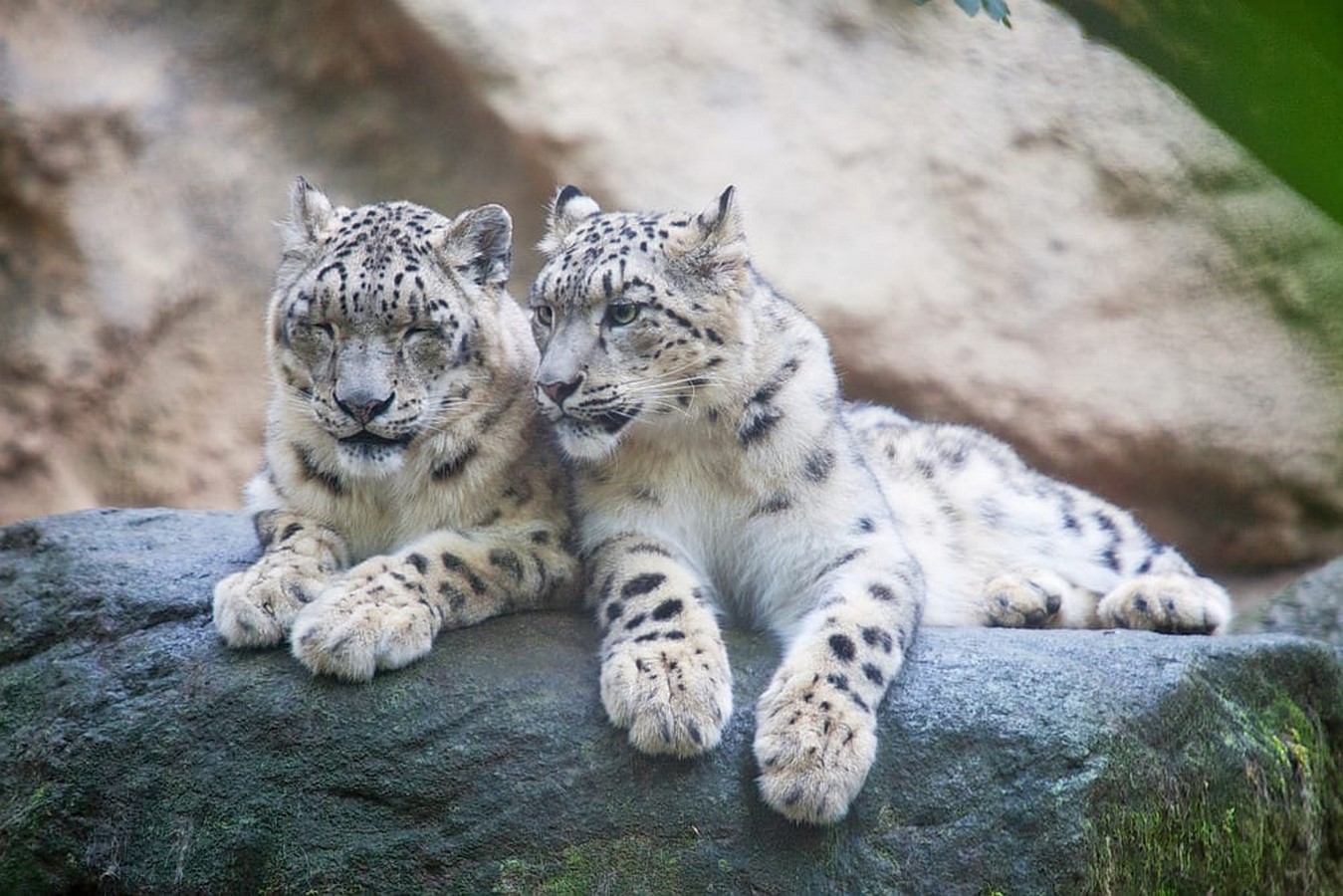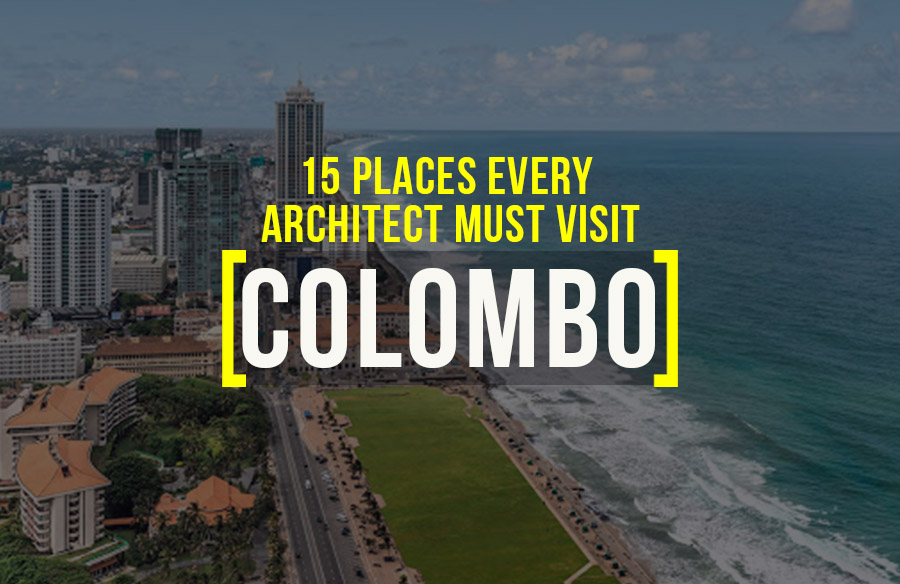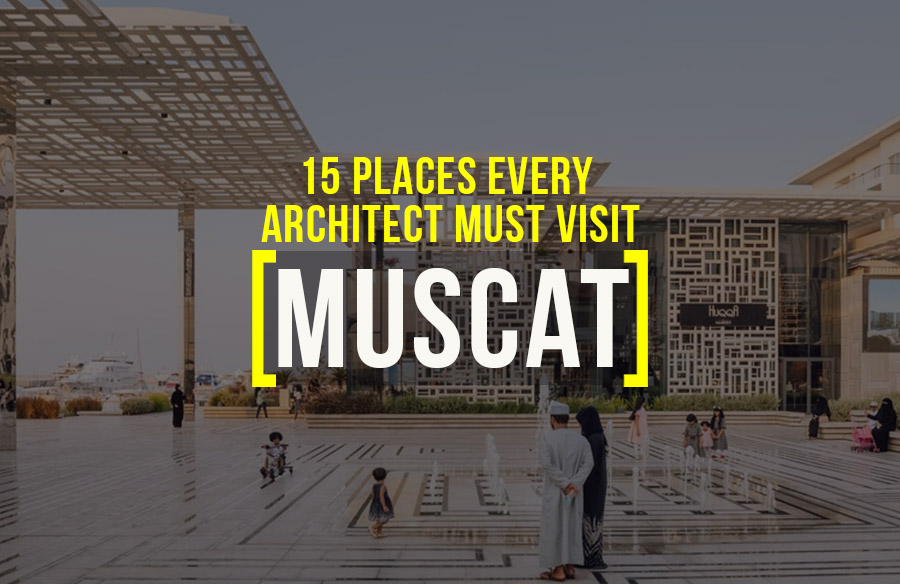Ladakh is a union territory of India and Leh is its capital city. The city is connected via NH-1 to Srinagar in the southwest and via Leh-Manali Highway to Manali in the south. The city of Leh is an enchanting place with whitewashed houses and bestowed with stupas. The old town of Leh is dominated by a steep rocky ridge crowned by a Tibetan-style Leh palace, which once used to be the seat of power of the historical Himalayan kingdom of Ladakh. Leh, known as the ‘Light of the Himalaya’ is a place to fall in love with.
1. Royal Leh Palace
Constructed by the year 1153 by Tsewang Namgyal, the founder of the Namgyal dynasty of Ladakh. The palace is an excellent example of the medieval Tibetan style of architecture having quite a resemblance to the Potala Palace of Lhasa.
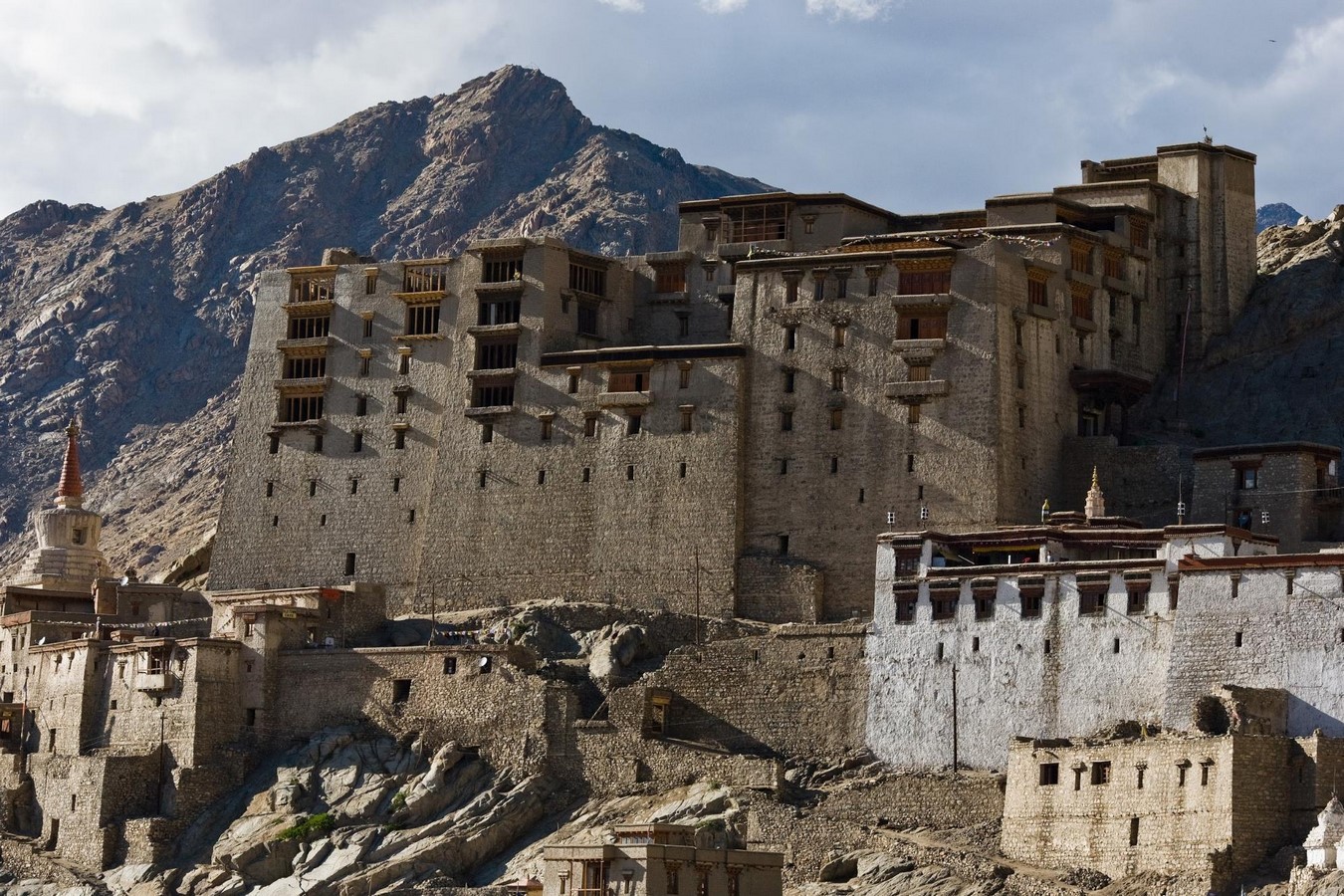

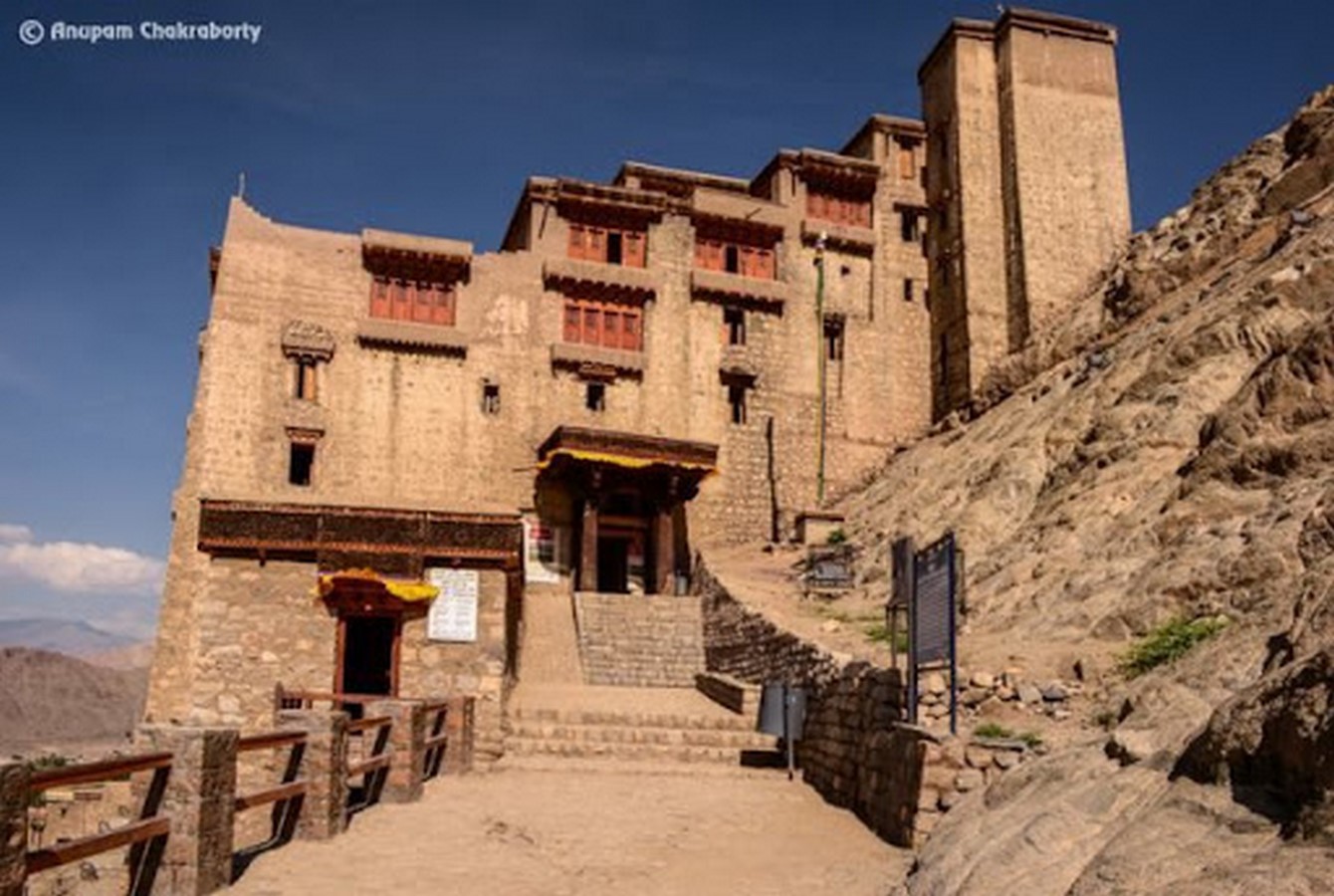
2. Namgyal Tsemo Monastery Of Leh
It is situated just behind the Leh Palace and offers a panoramic view of the city with the Indus River flowing beneath and the towering snow-clad peaks of the Zanskar range. It was founded in the 15th century by King Tashi Namgyal. The monastery has an assembly hall and a temple that contains huge frescos, paintings, and statues of Lord Buddha.
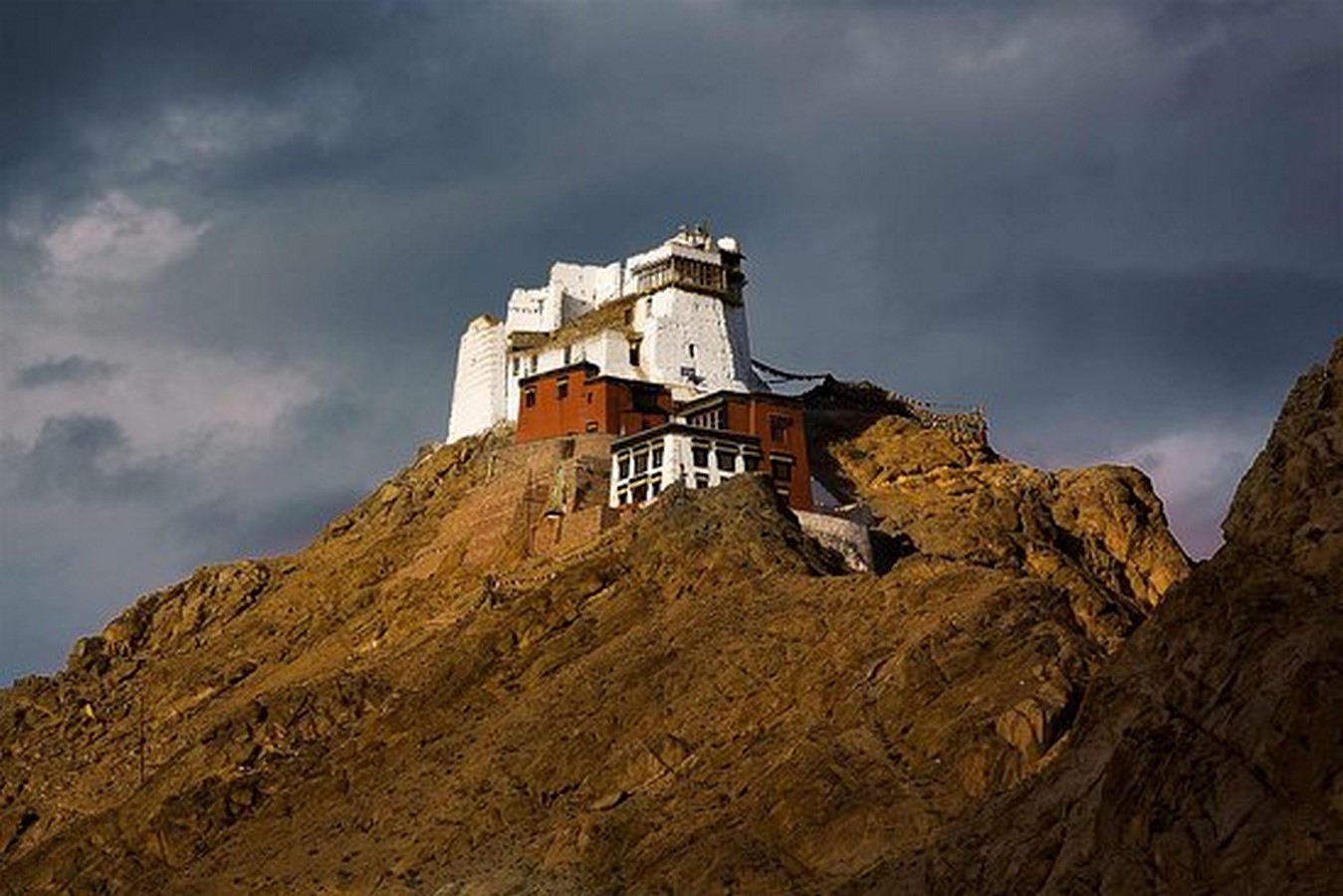
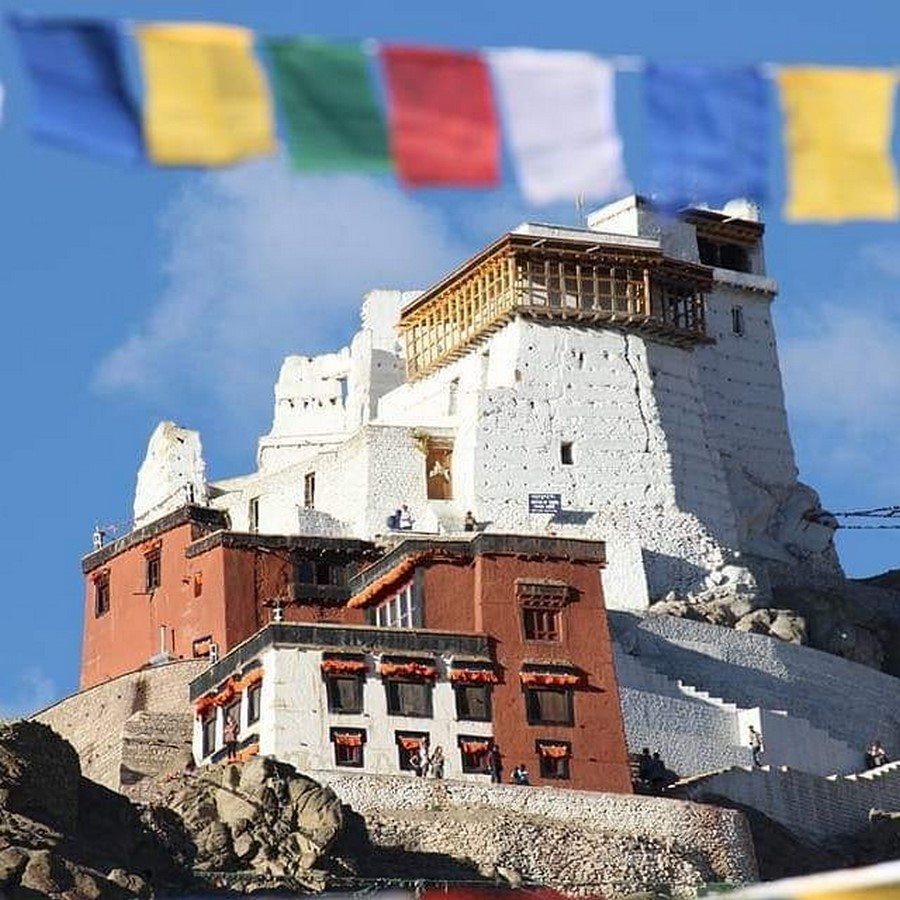
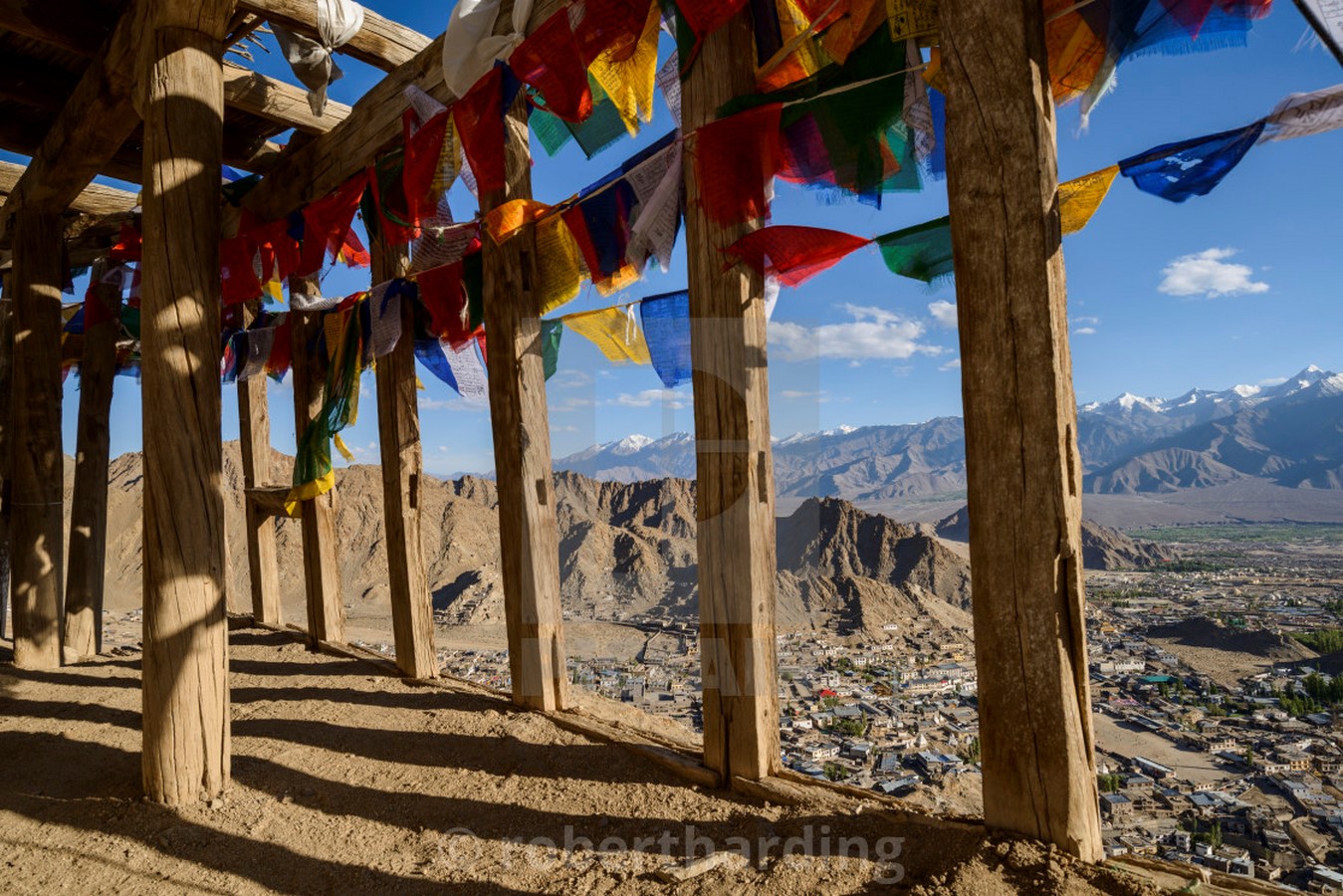
3. Alchi Monastery Of Leh
This astounding piece of architecture was built between 958 and 1055 by the great translator Rinchen Zangpo, although the inscriptions inside the monastery state that it was built in the 11th century. This monastery is a complex of temples consisting of 4 portions built during different eras. It has 3 main temples- gTsug-lag-Khang (main temple), Jam-dpal lHa-Khang (Manjushri temple), and Dukhang (assembly hall).

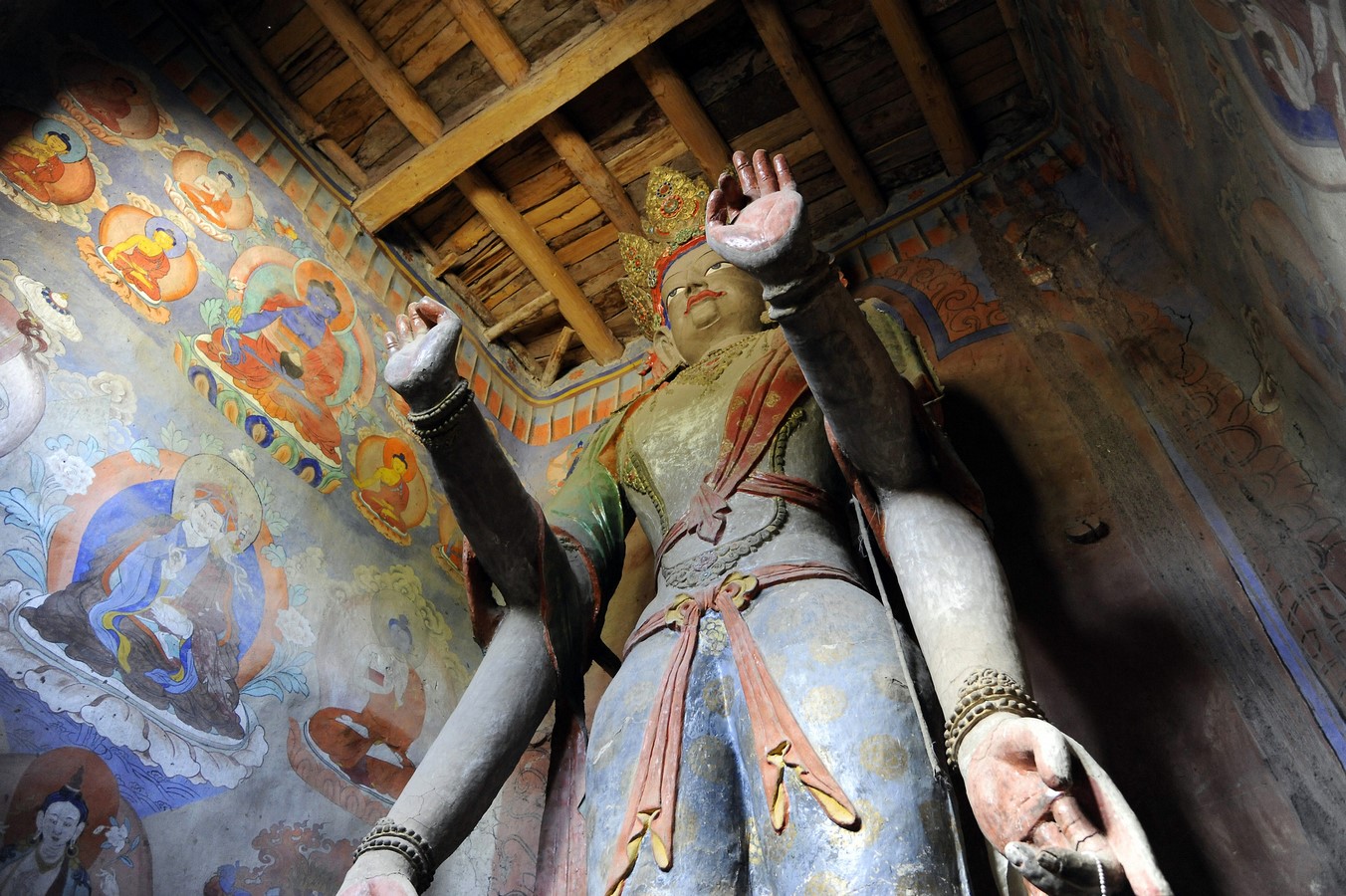
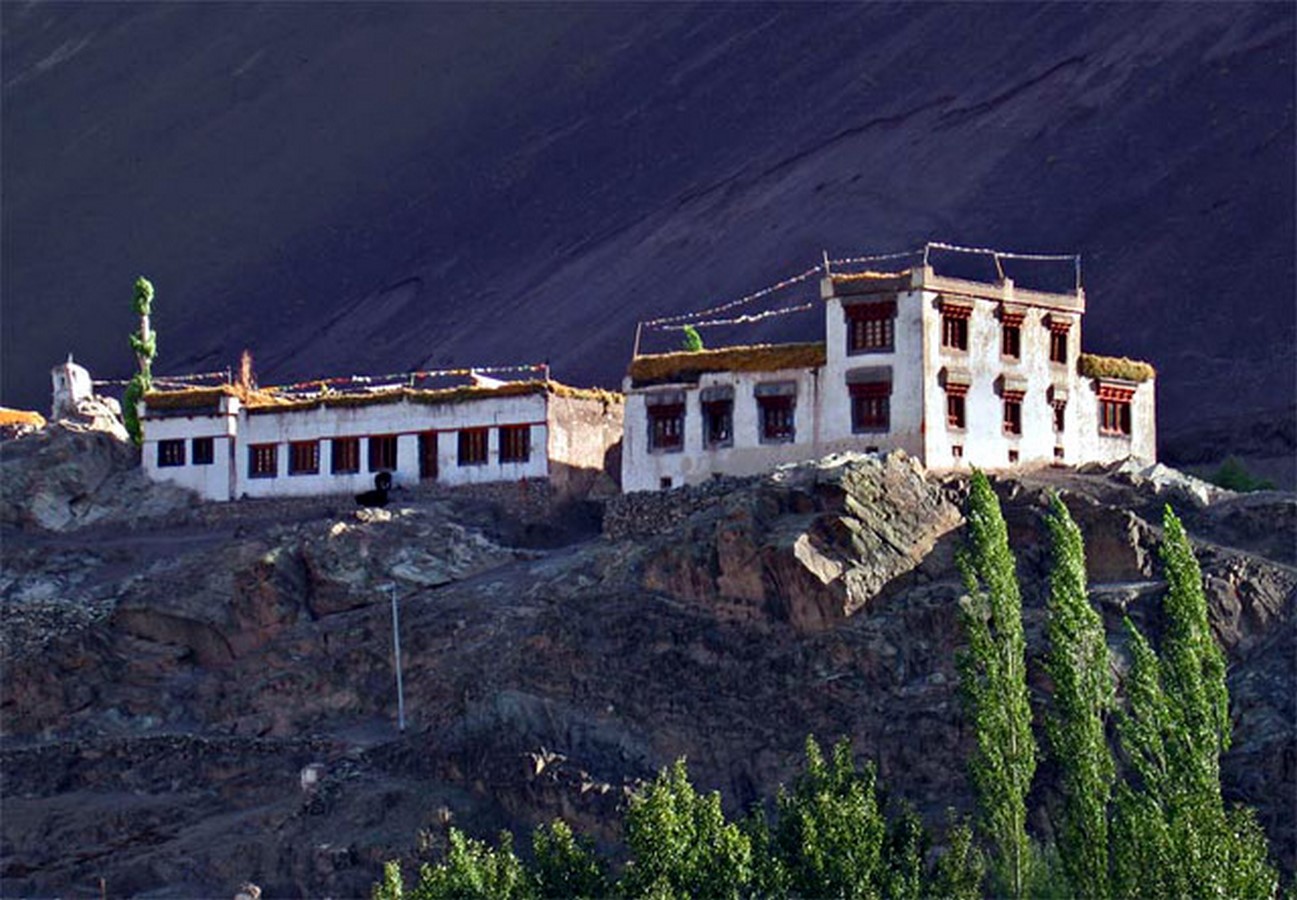
4. Hemis Monastery Of Leh
Built by Stagsan Raspa in the 17th century, Hemis Gompa is the biggest monastery in North India set on the foothills of Indus. Nyingma Lhakhang is the oldest part of the monastery, located at the back of the courtyard, it has two large sculptures- Tara and Stagsan Raspa, which one cannot find in any of the later monasteries.

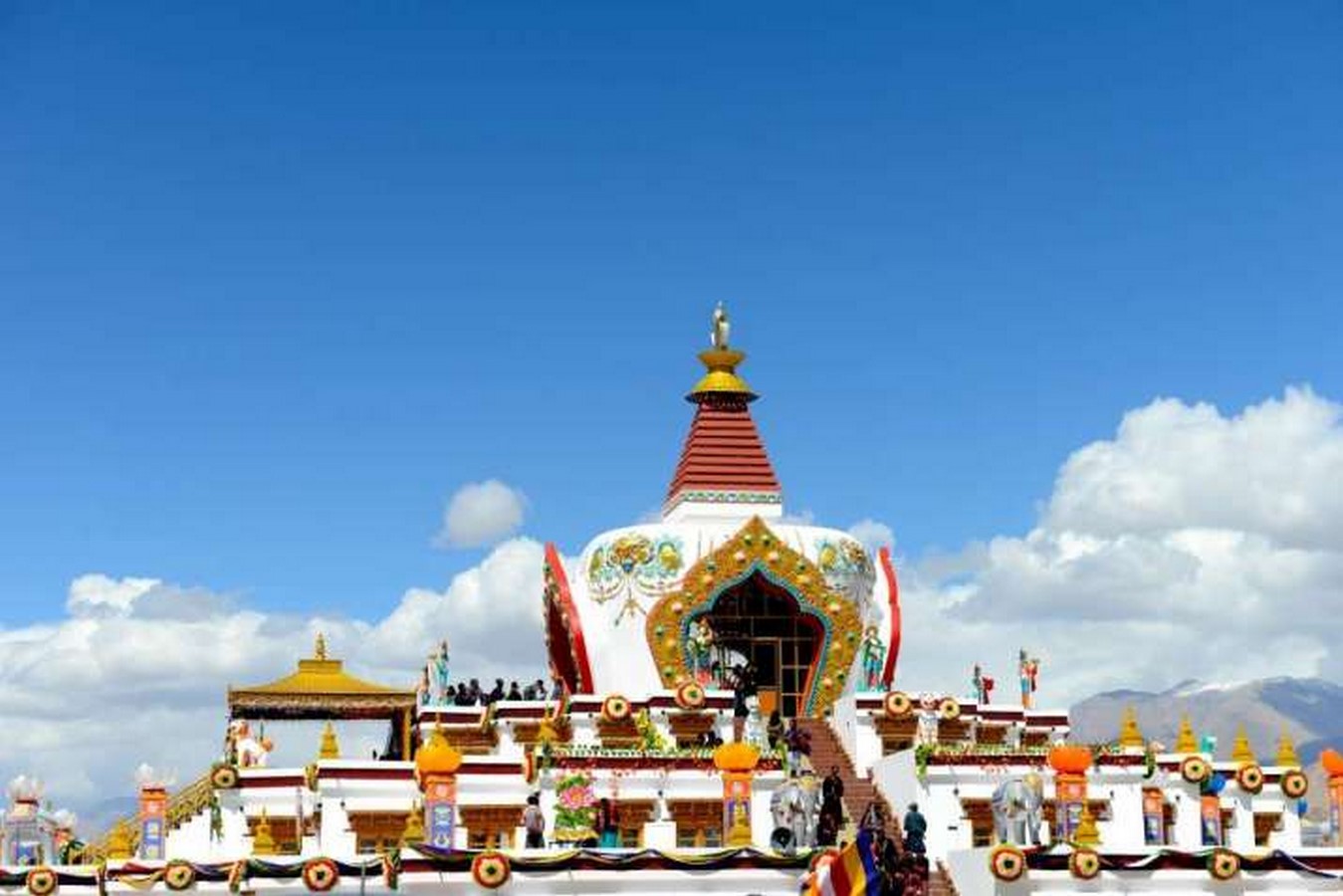
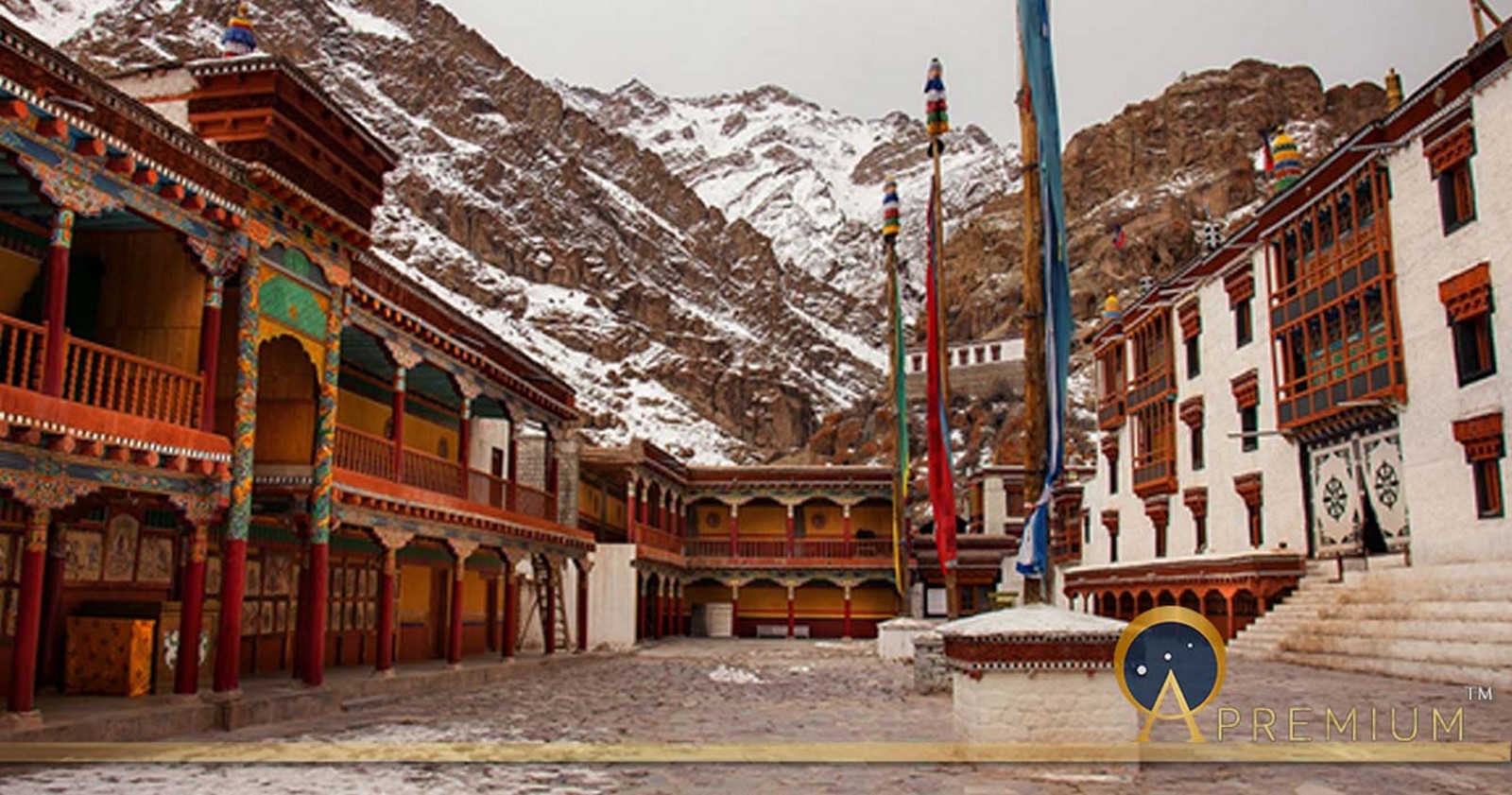
5. Spituk Monastery
It is 8km away from Leh on Srinagar road at a height of 10849.74 ft. It is also known as Pethup Gompa and 100 monks reside inside it. It was founded by Od-de, elder brother of Lha Lama Changchub Od, and has 3 chapels with statues of Buddha inside.
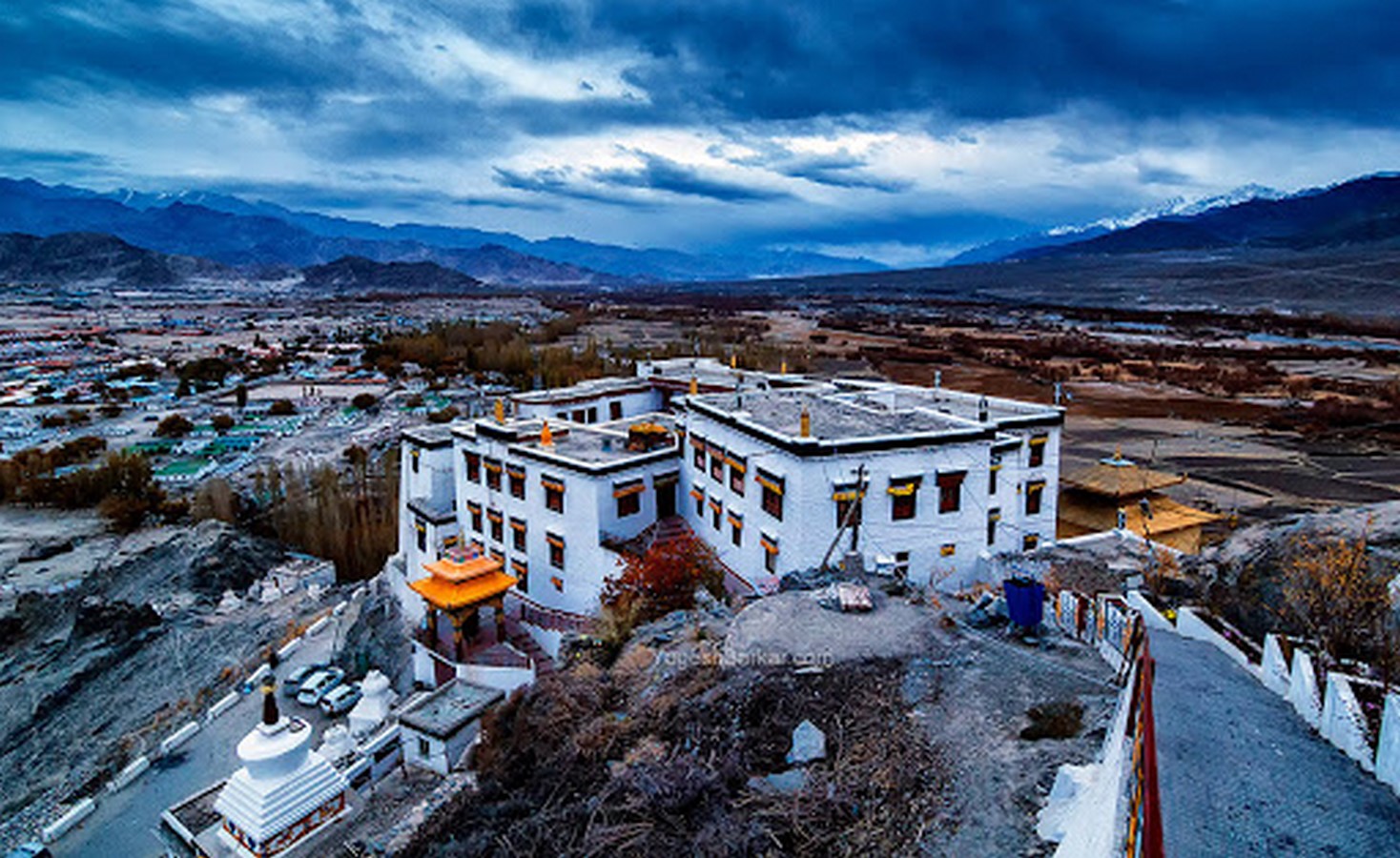
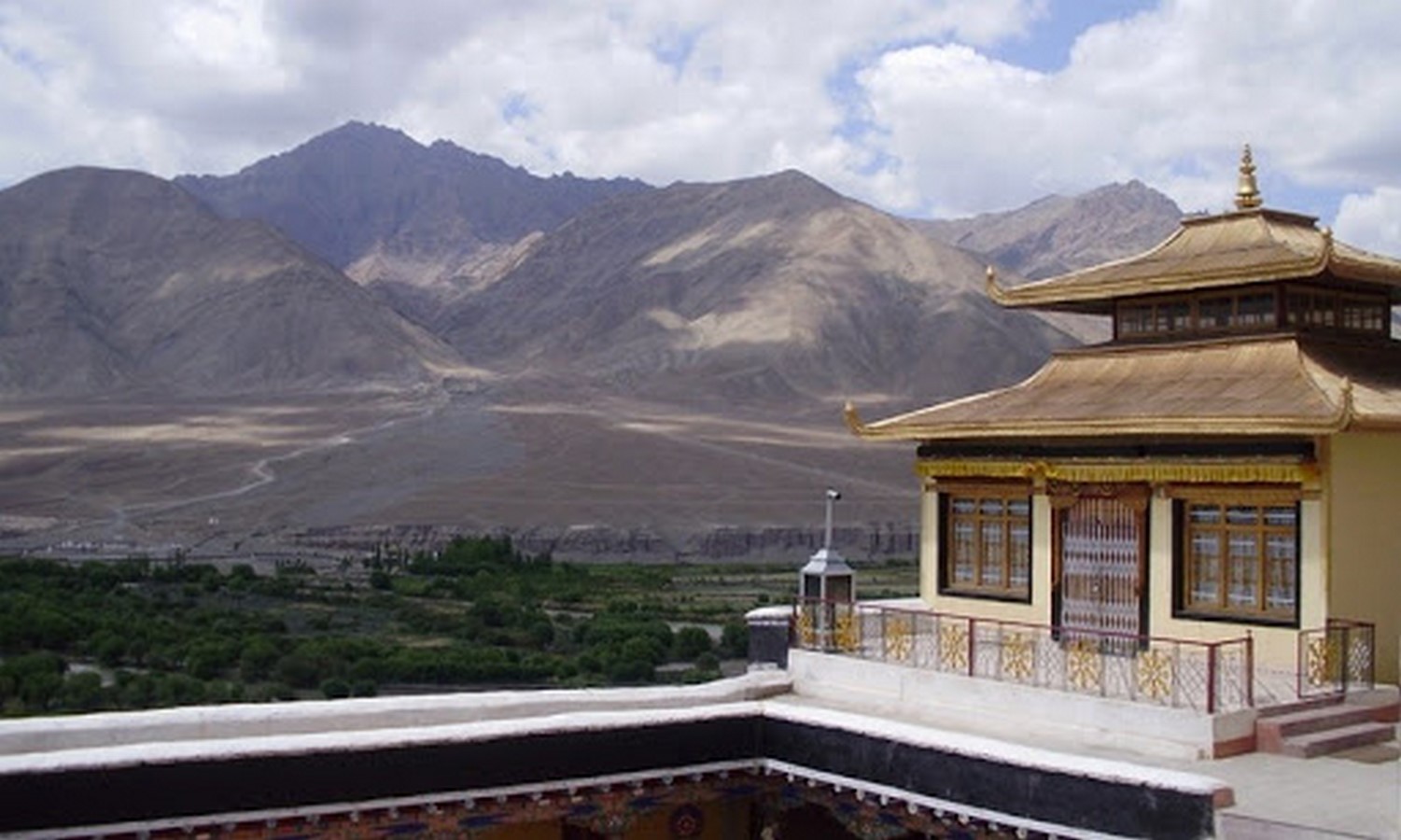
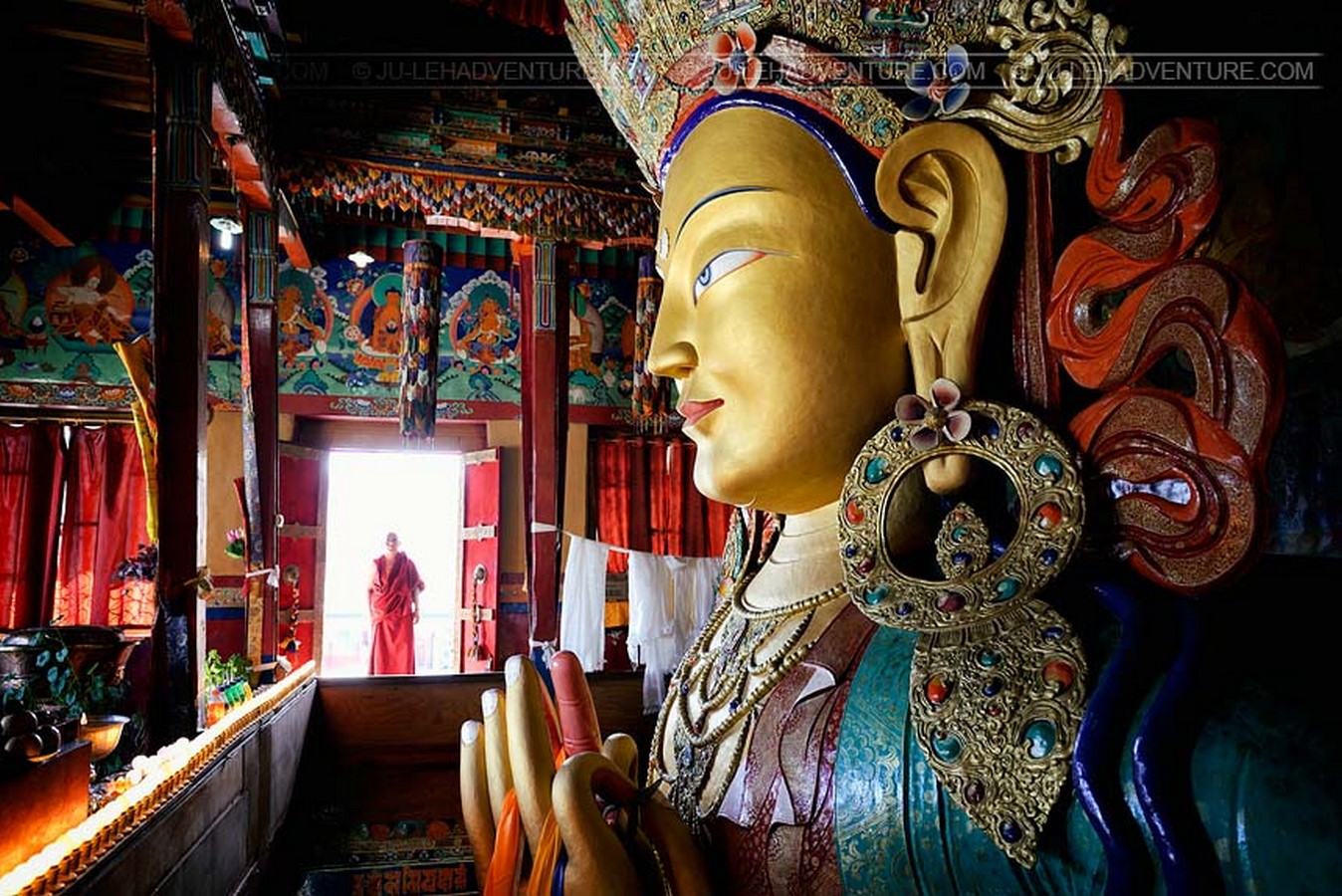
6. Shey Monastery
Built-in 1655 by Deldon Namgyal in the memory of his father, Singay Namgyal is a part of Shey Palace. It is located around 15km south of the main Leh city at a height of 11204.07 ft. from the sea level. Inside the monastery is a statue of Shakyamuni Buddha, 12 meters long covering the 3 floors of the monastery.
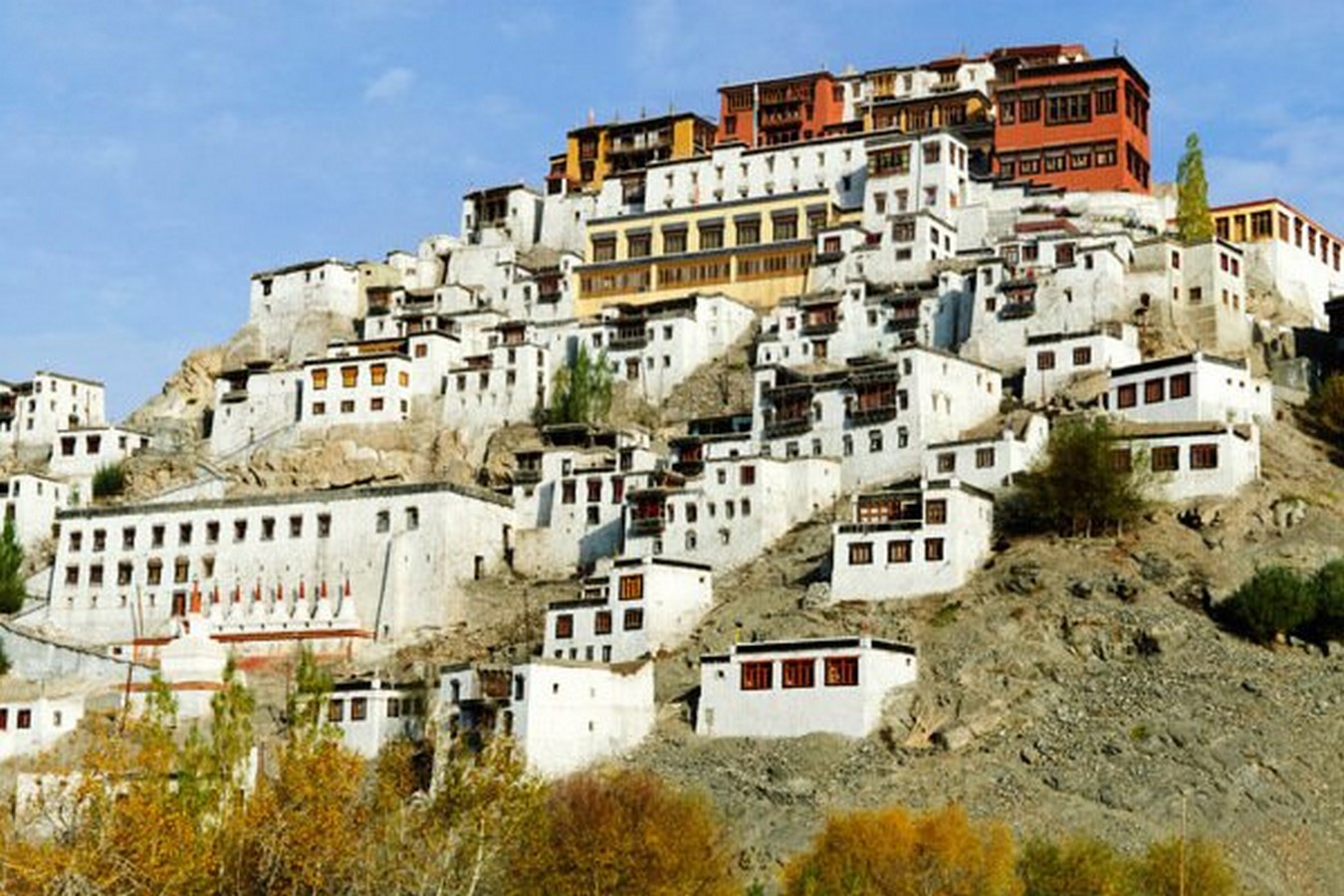

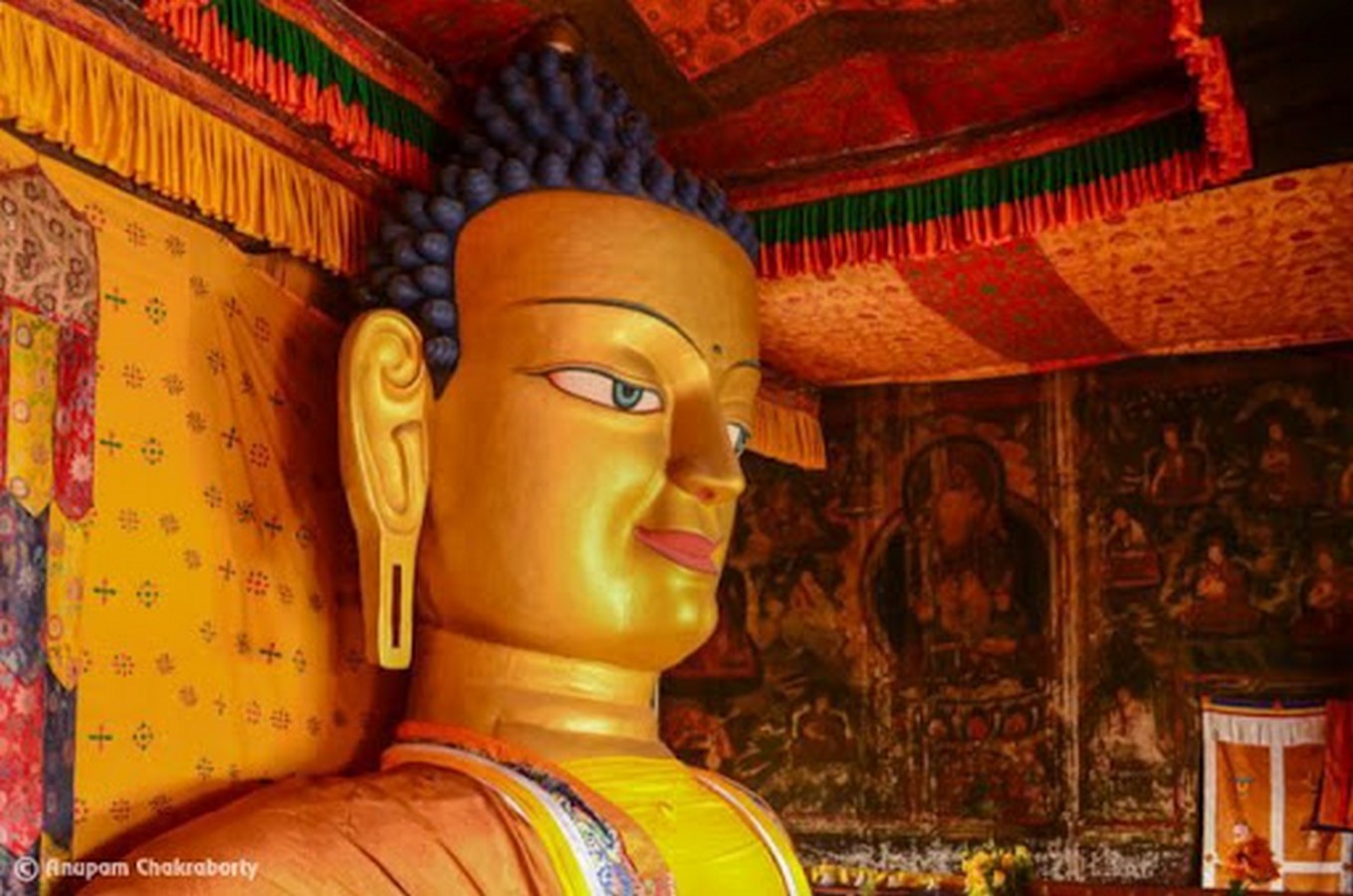
7. Basgo Monastery
Also known as Basgo or Bazgo Gompa is a Buddhist monastery situated at a distance of 40km from the main Leh city. The monastery was built for the Namgyal dynasty in 1680 and has notable Buddha statues and murals.
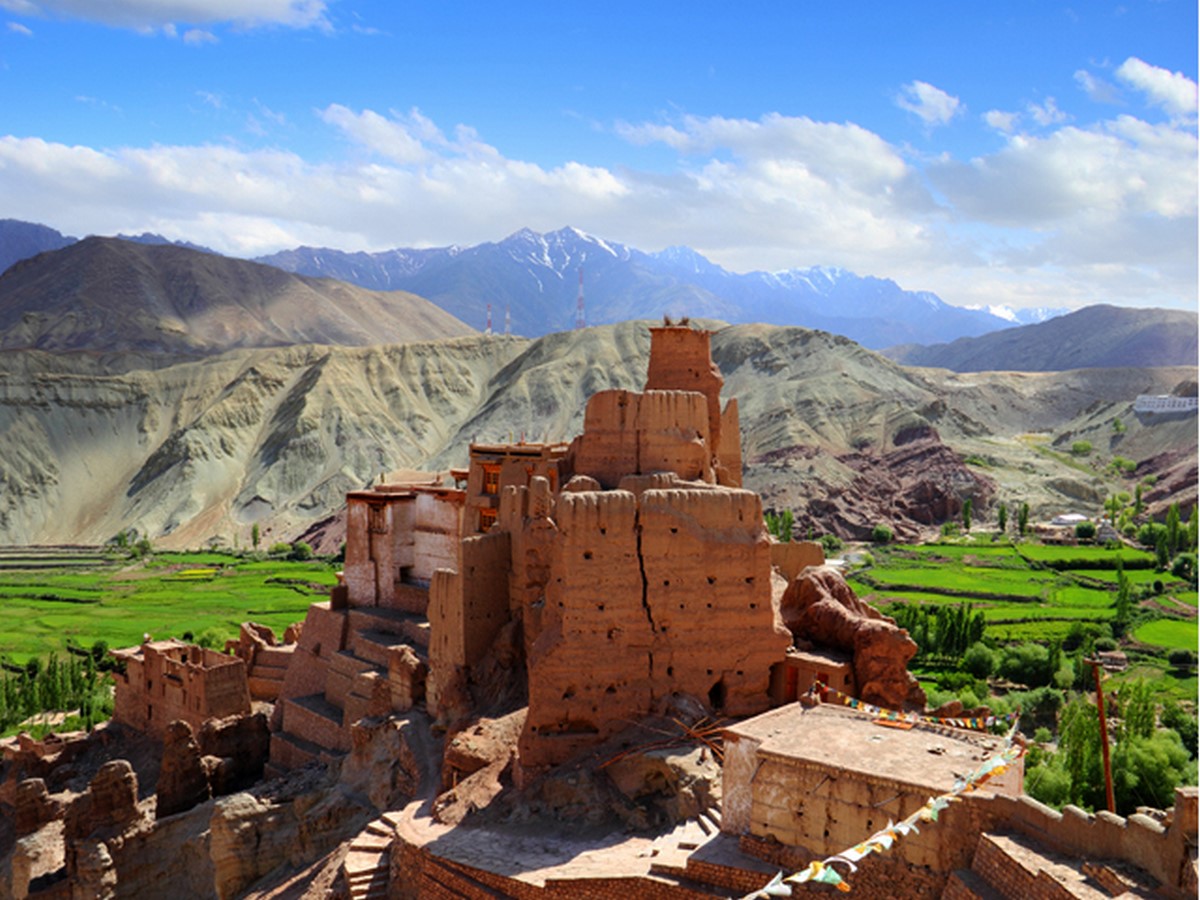

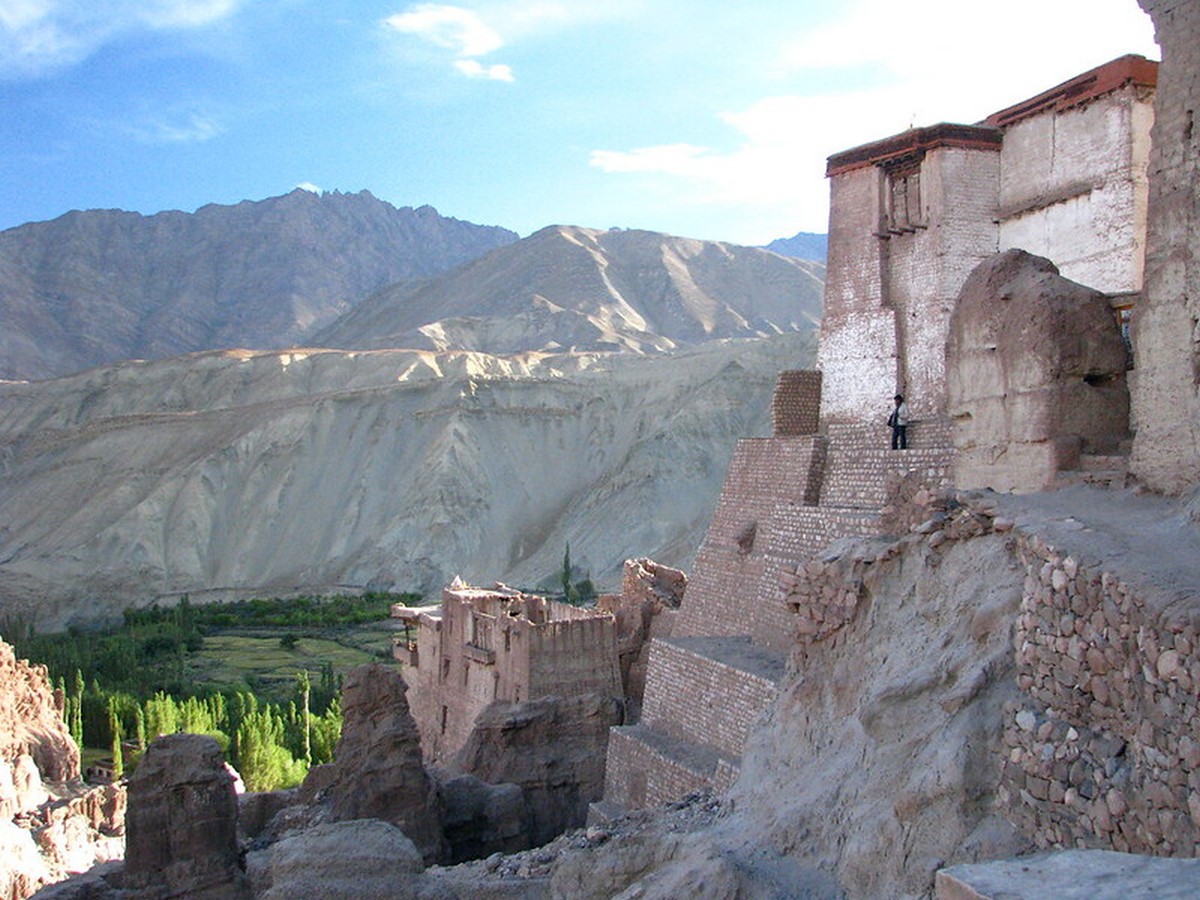
8. Pangong Tso Lake
Also known as Pangong Tso, lies breathtakingly at an elevation of 14,270 ft. The brackish or salty clear blue water of the lake does not let any aquatic animal survive in it. The temperature ranges from -10 to -30 degrees Celsius, making even this salty lake freeze with thick ice sheets.
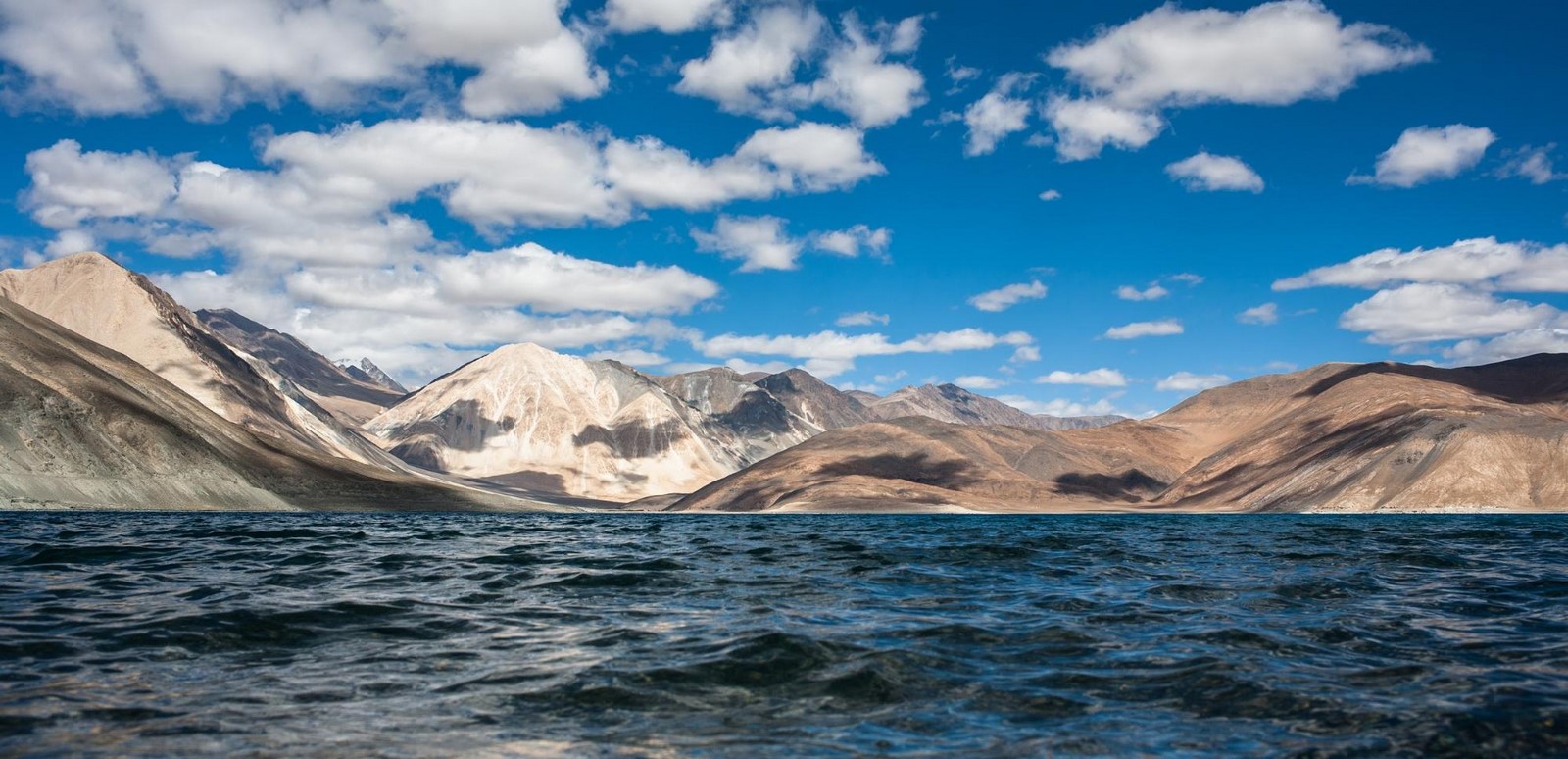
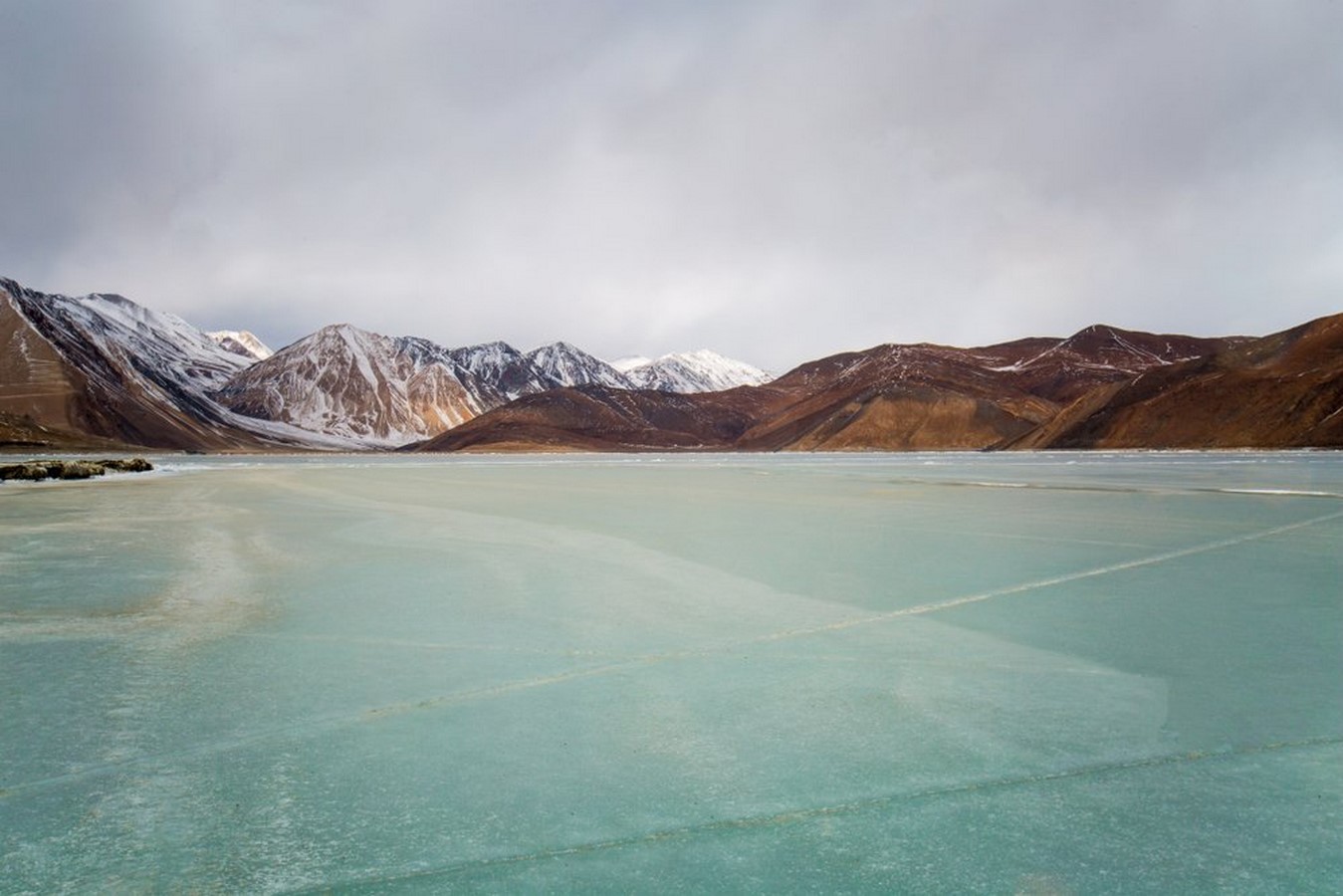
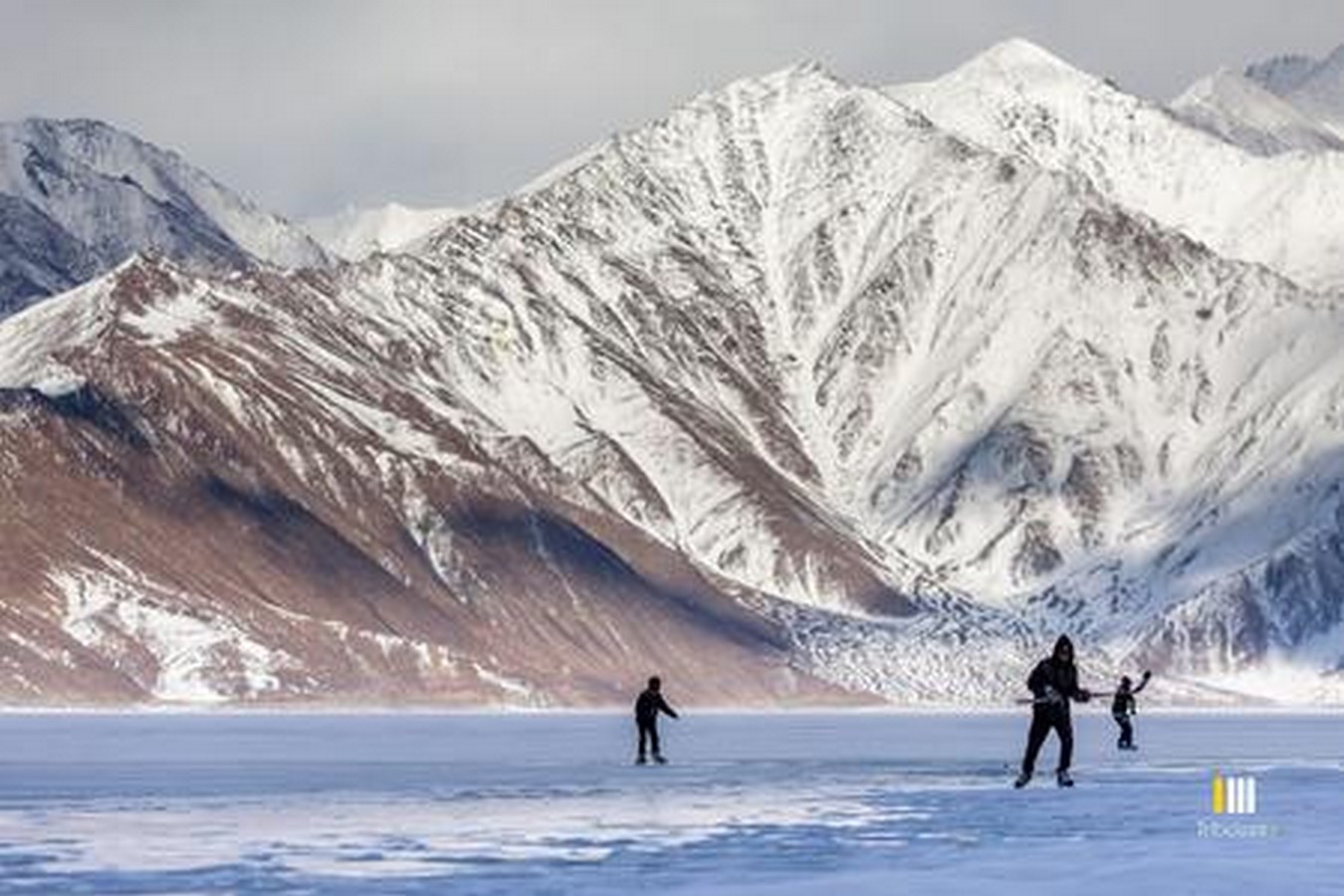
9. Nubra valley
Created by the combined effects of Shyok and Nubra (Siachen) rivers, Nubra valley is a deep cut gorge. It is a high altitude cold desert with an oasis of a town in its heart, Diskit, where tourists stop to devour its beauty.
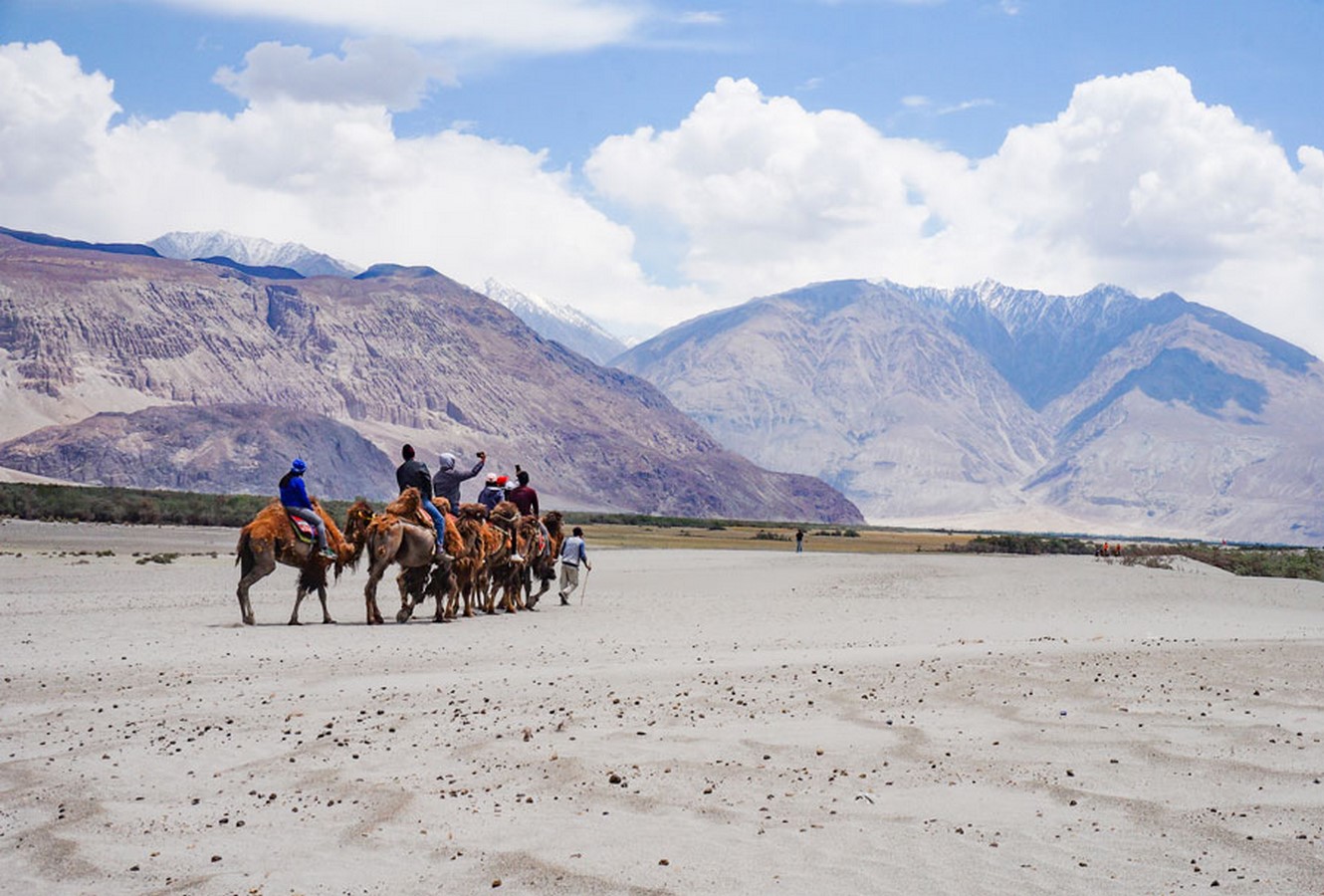
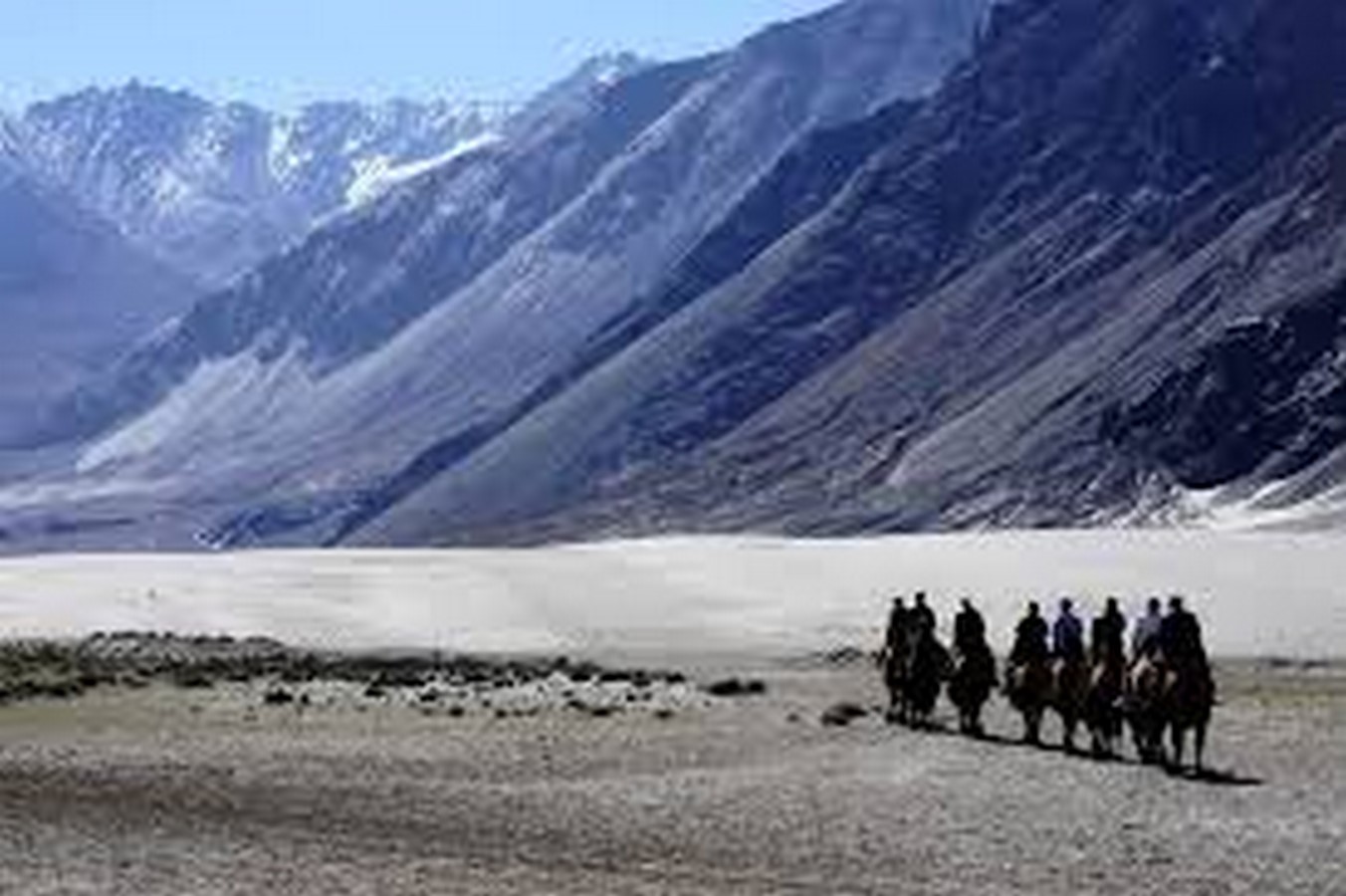
10. Khardung La
Also known as Khardzong La, built-in 1976 and opened to the public in 1988, is a high mountain pass near Leh. It is at an elevation of 17,582.02 ft. and is the highest motorable pass in the world. This pass is quite significant because it used to link Leh to Kashgar in Central Asia in ancient times.
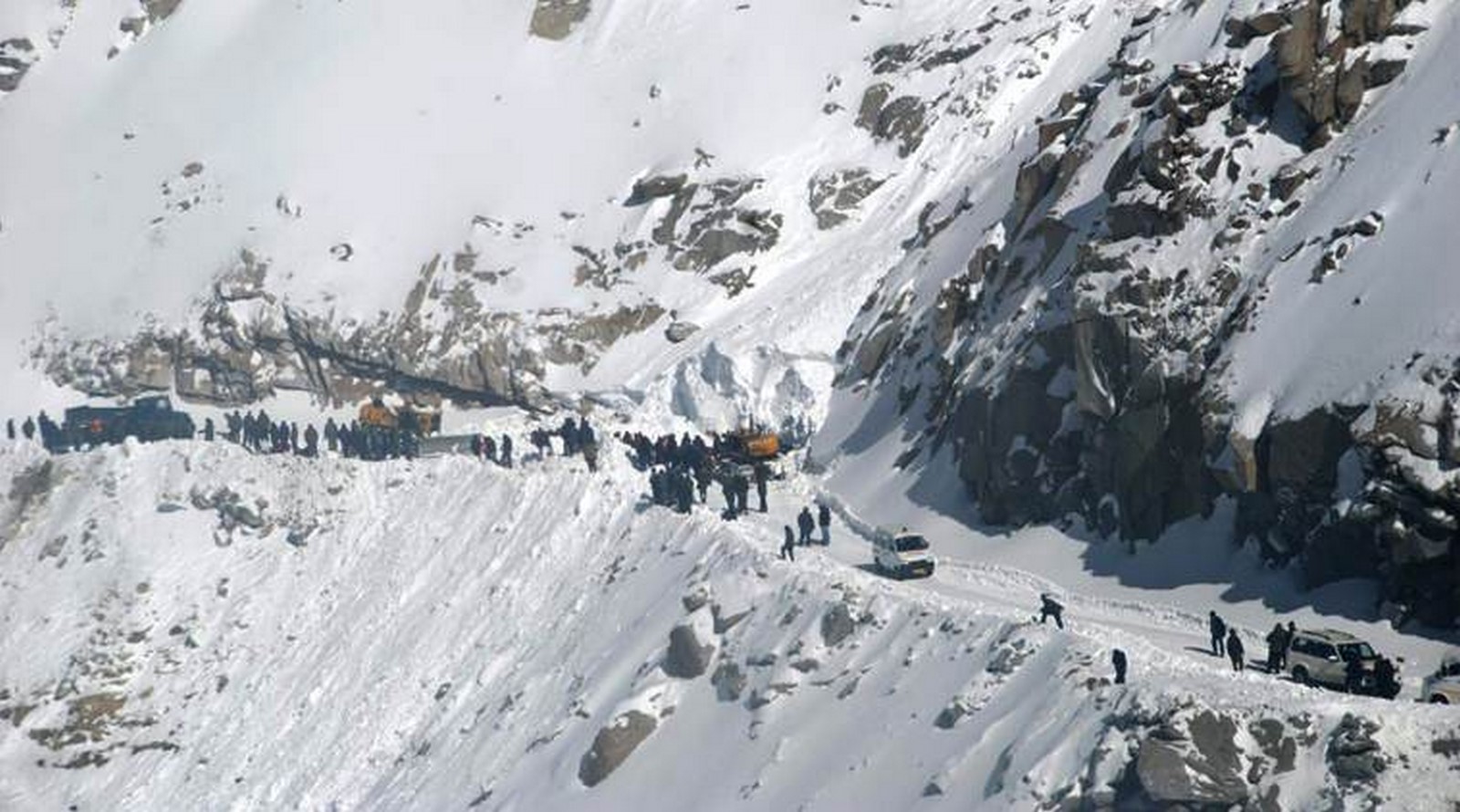
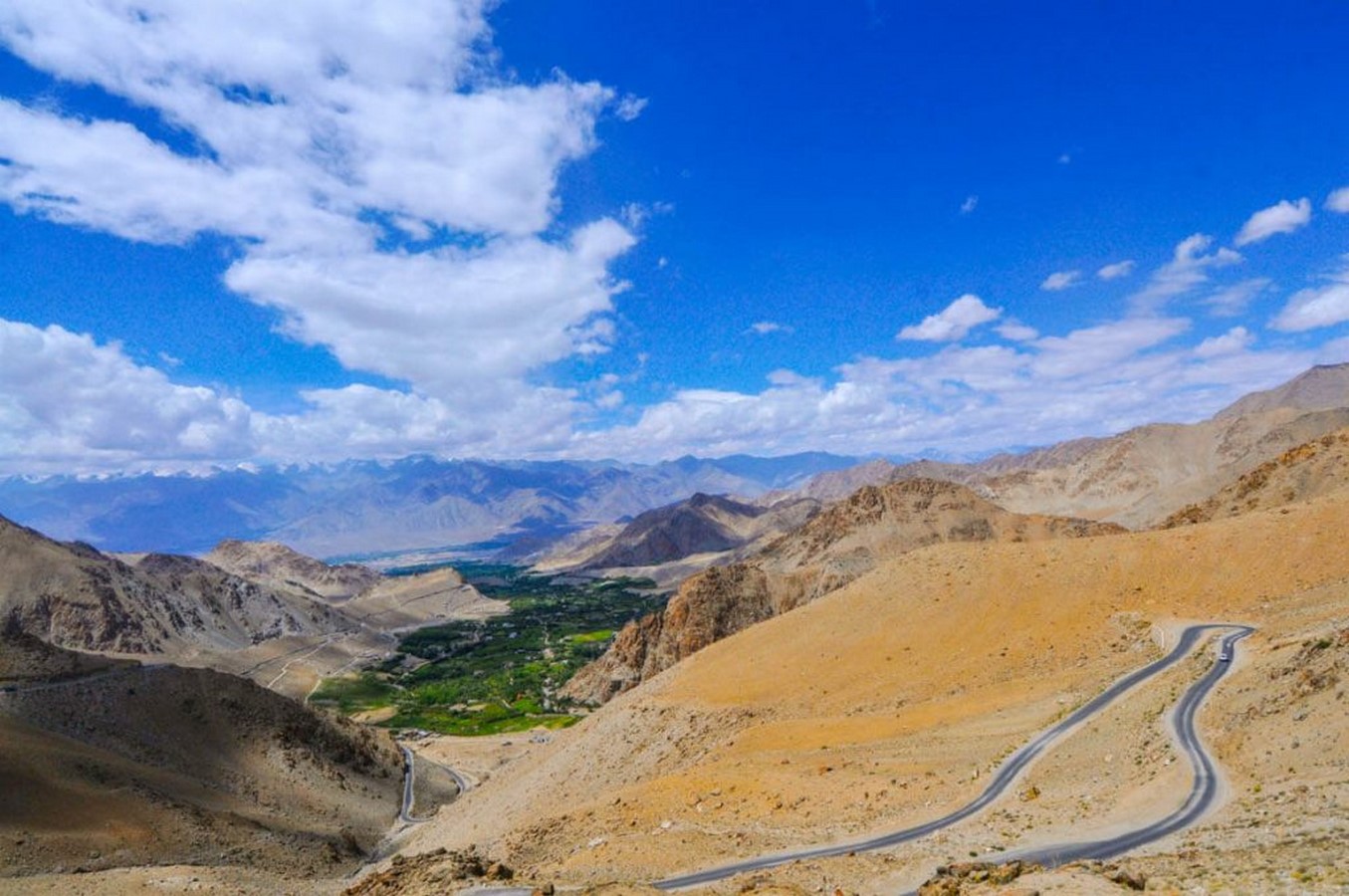
11. Lachulung Pass
Situated at a height of 8141.6 ft. at the border of Ladakh and Himachal Pradesh, it is one of the most exciting and dangerous passes after the Khardung La pass. It opens for only four and a half months from May to October and has quite fictional surroundings, with towering snow-capped Himalaya.

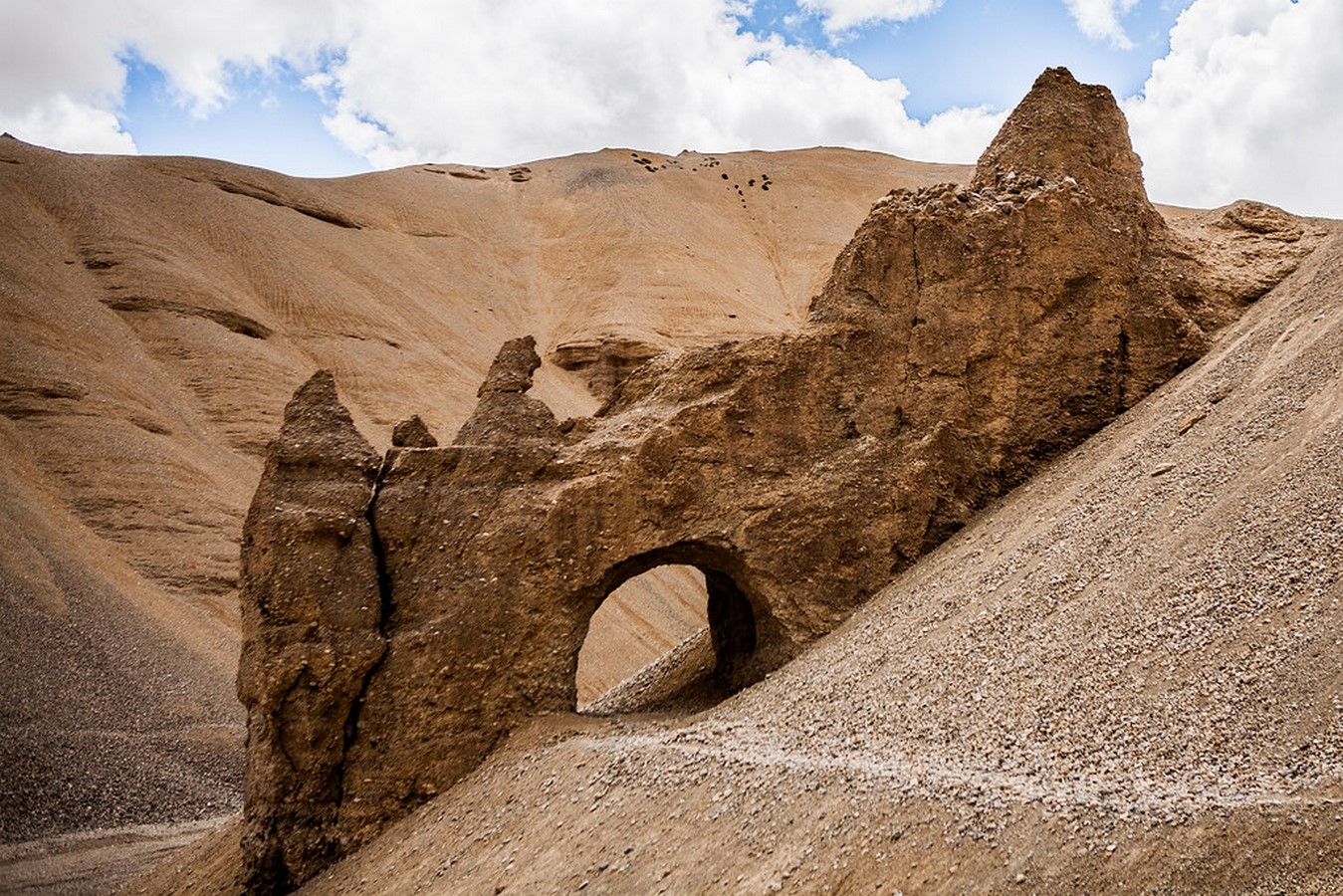

12. Magnetic hill
Located near Leh at an altitude of 14,000 ft. is a tiny hillock known as Magnetic Hill which defies gravity as vehicles are pulled upward. It is a ‘cyclops hill’, an optical illusion is created by the layout and the surrounding area, the hill road is a downhill road. The local people of Ladakh believe in the superstition that the road is a straight stairway to heaven.
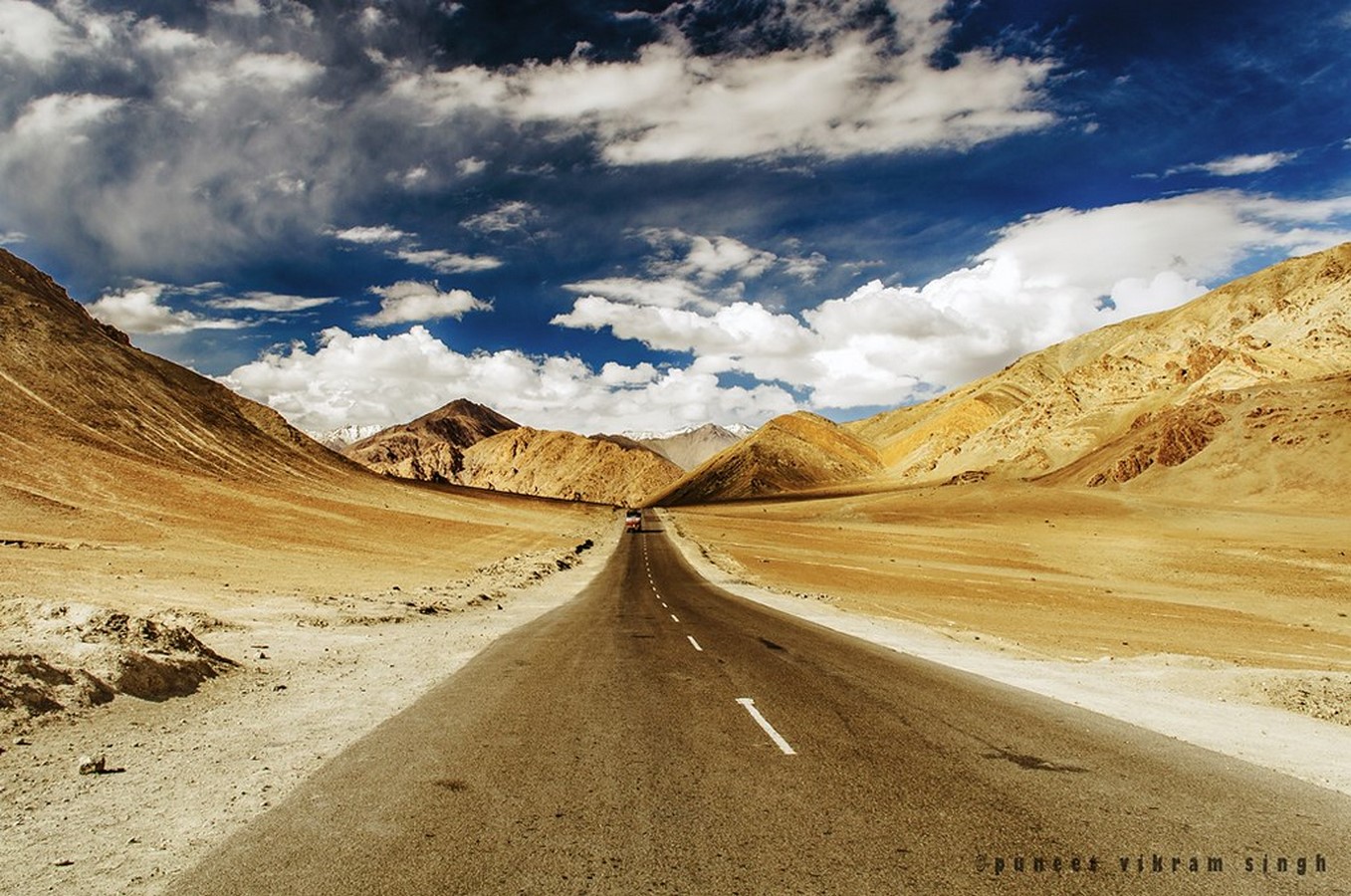
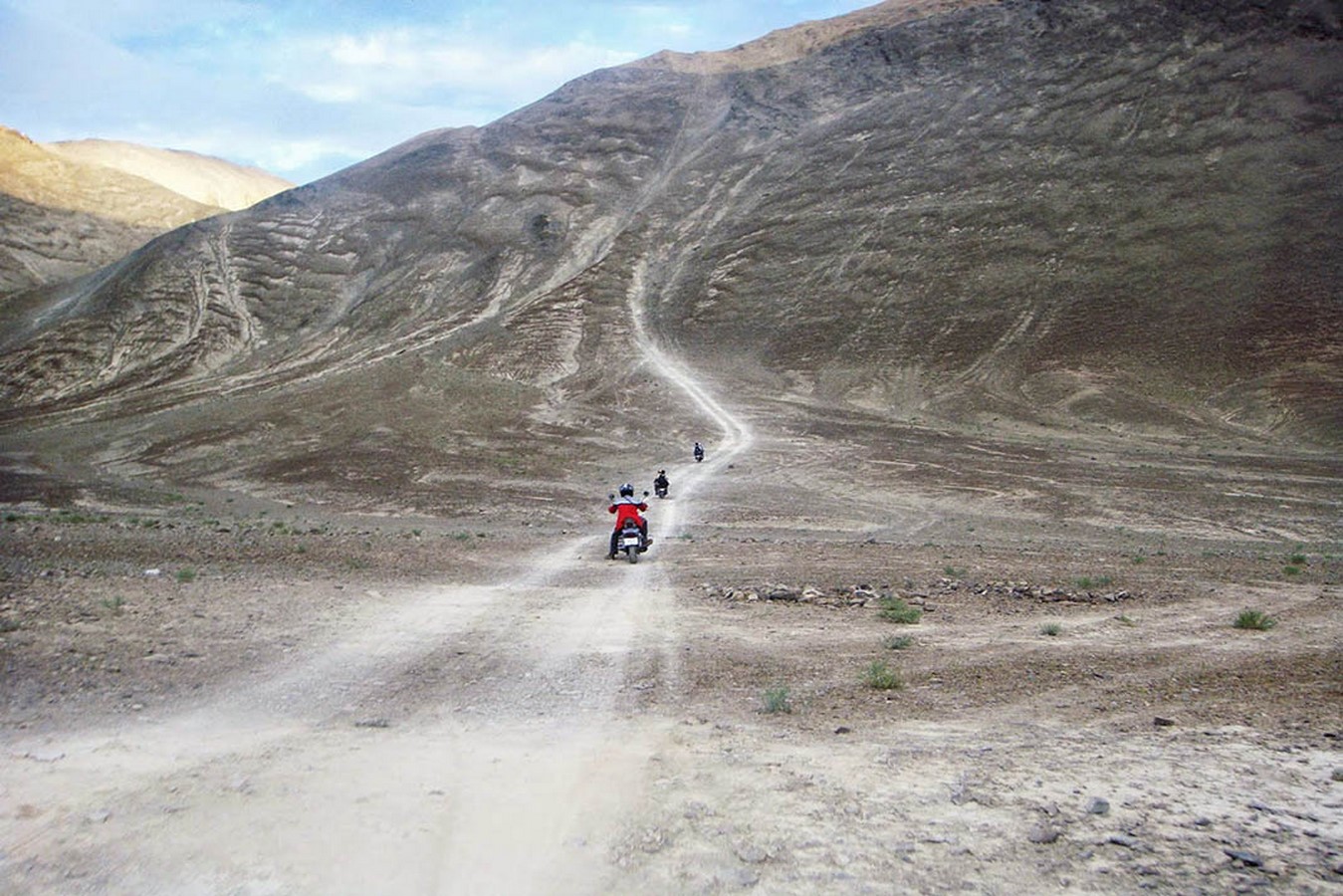

13. Hall of Fame
It is a museum located 4km from the main town, displays the arms and weapons seized by the Pakistani Army, and simultaneously acts as a symbol of the dark days of India’s war with Pakistan. There are also items displayed related to the history and culture of Ladakh.
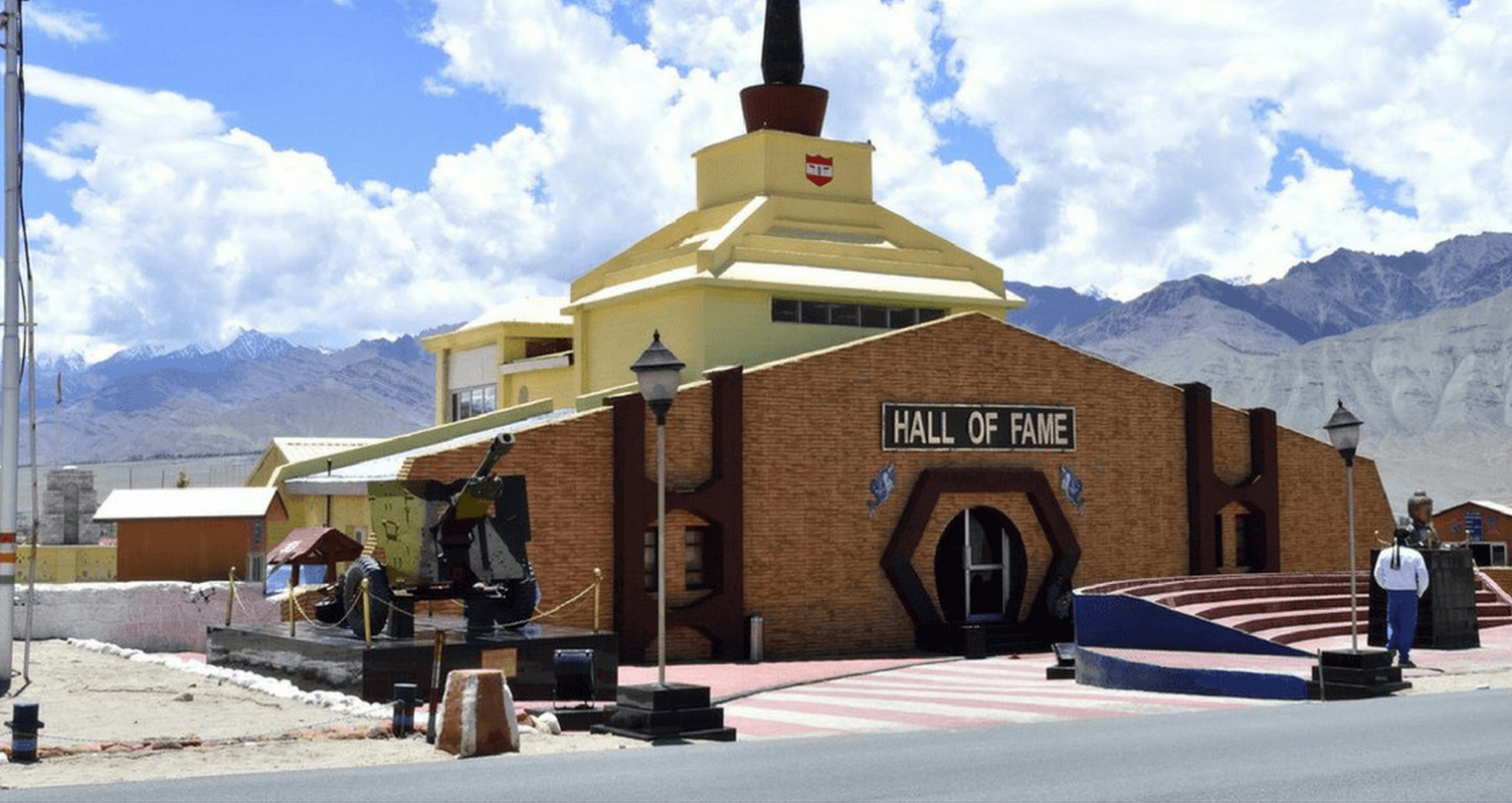
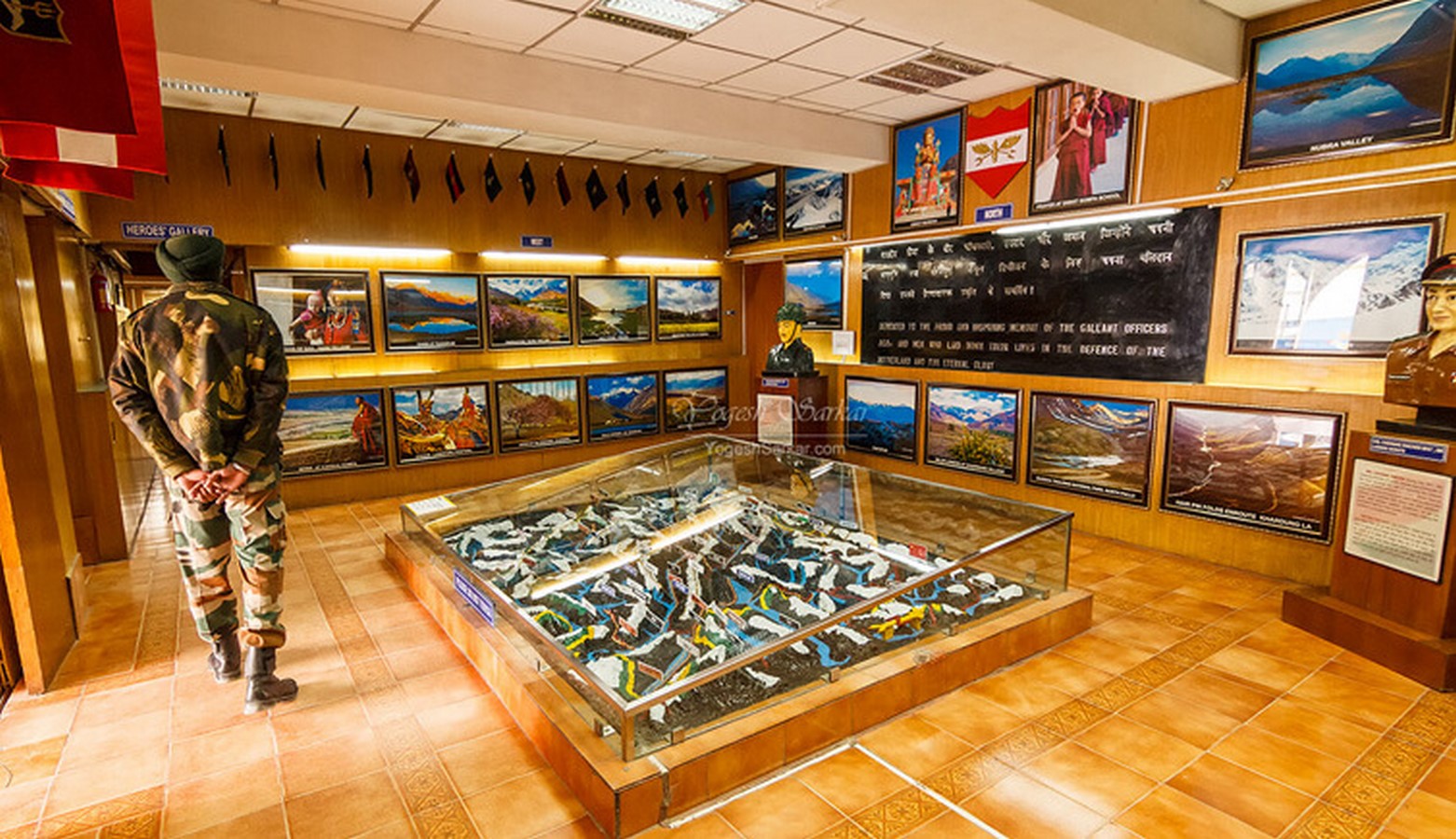
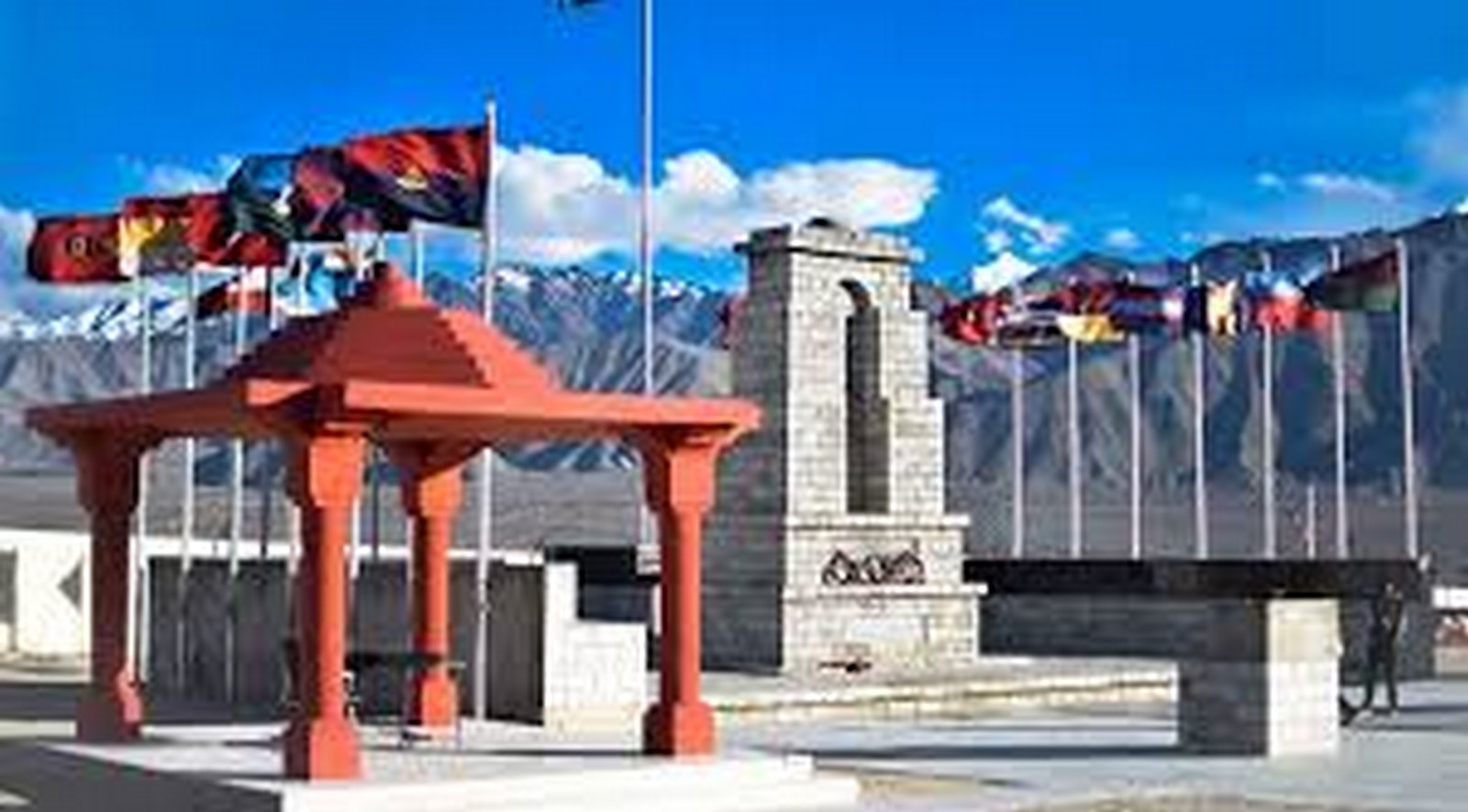
14. Donkey Sanctuary
It is 3km away from the main Leh city and is situated on the Korean Temple Road in the village of Khakshal. The sanctuary was opened in 2008 and is funded by a South-African photojournalist Joanne Lefson and the local affairs are taken care of by a local Ladakhi, Sonam Ankchuk.
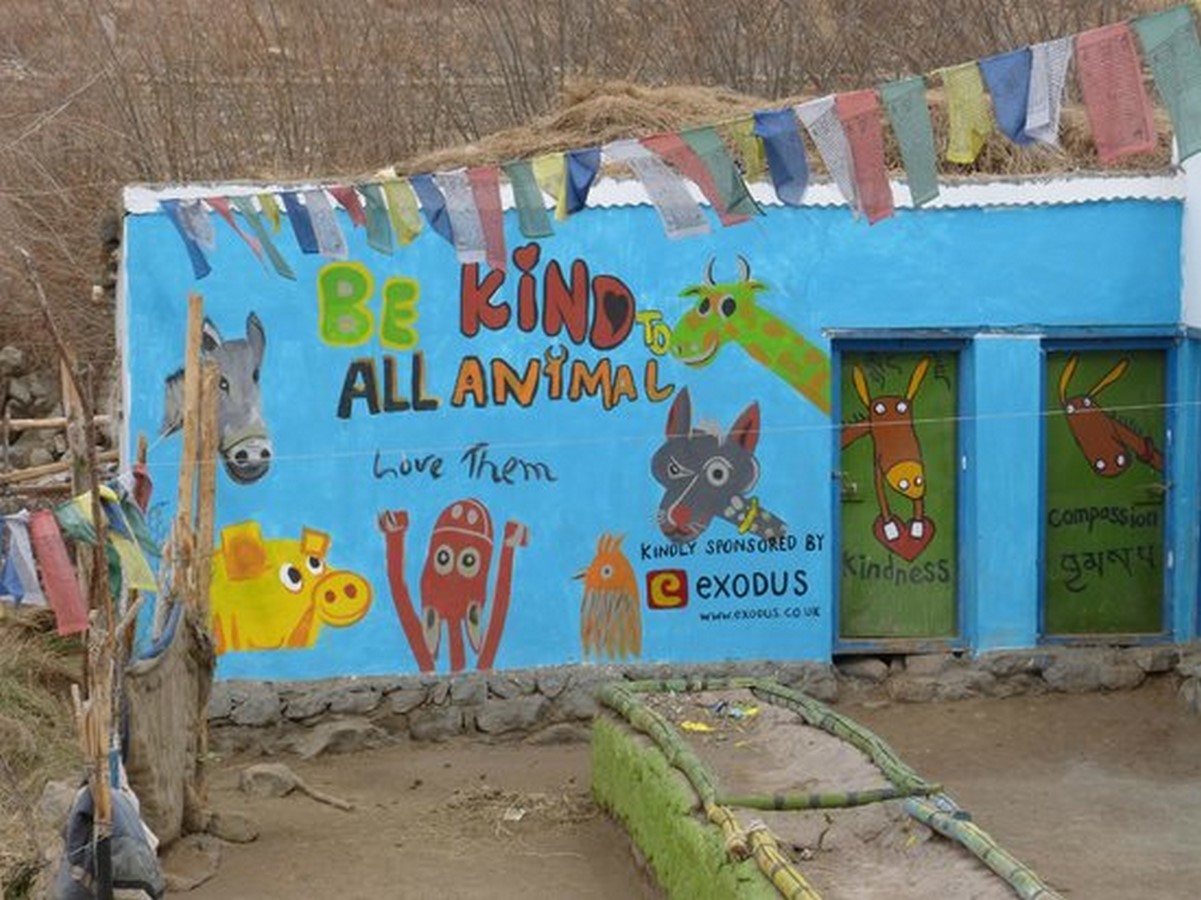

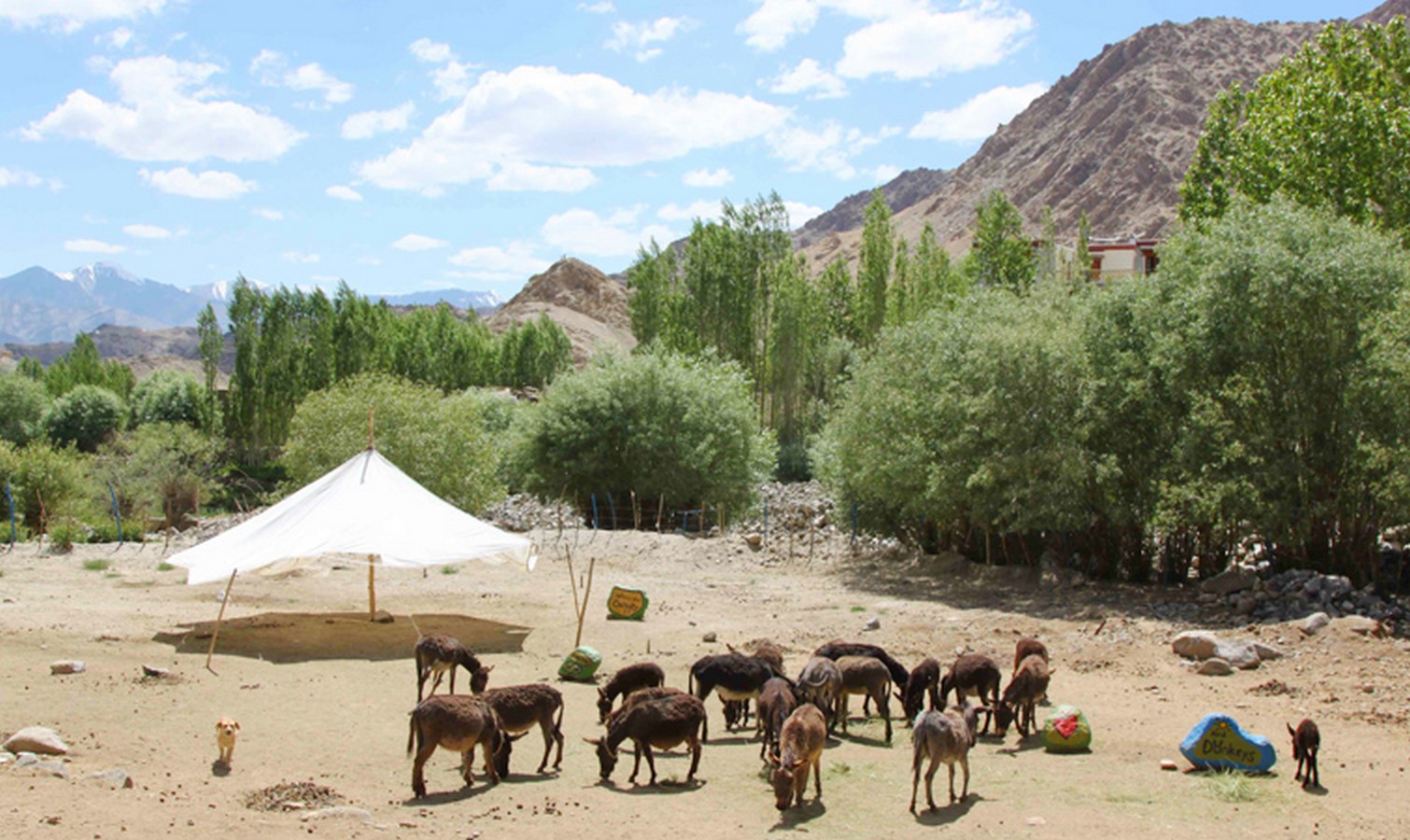
15. Hemis National Park Of Leh
It is the largest national park in South Asia. It spreads over an area of 1.08 acres and is home to 16 species of mammals and 73 species of birds. The park is home to 1600 people as 6 villages exist within the confinement of the park, they are- Rumbak, Kaya, Sku, Shingo, Urutse, and Chilling. The ancient Hemis Monastery which is 400 years old is also located within the park.

